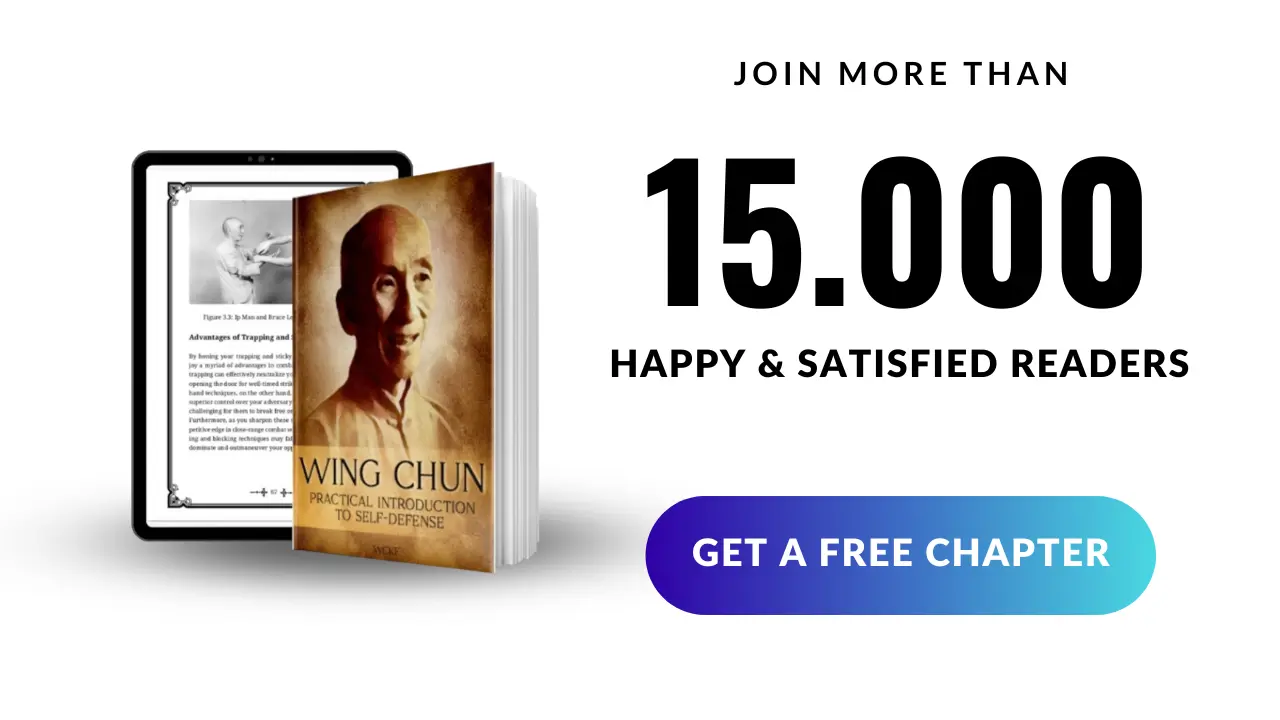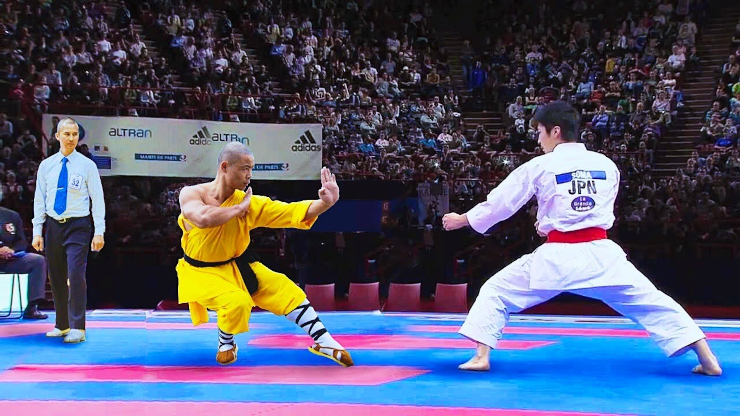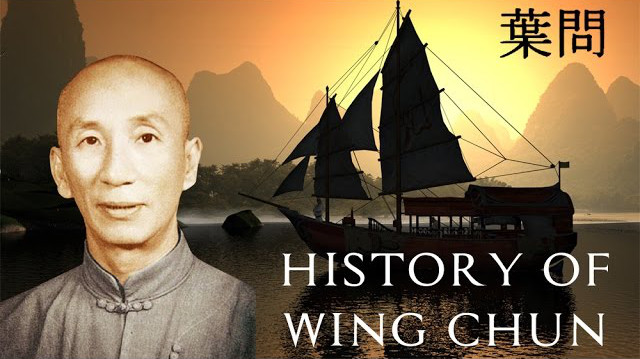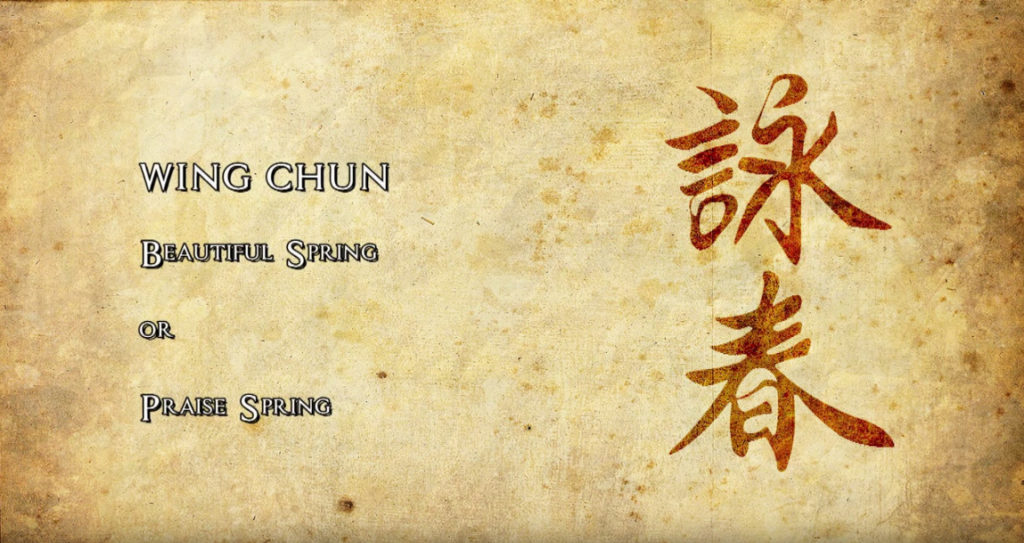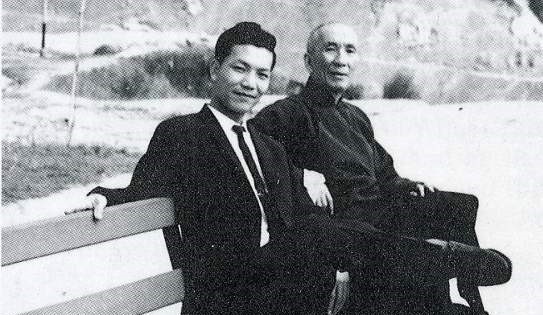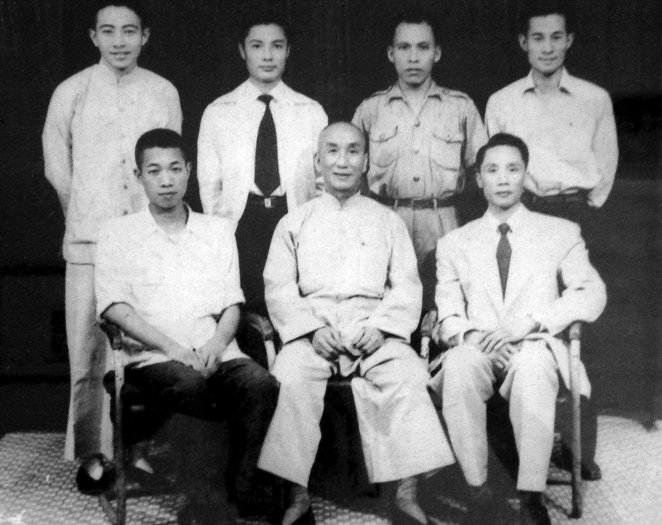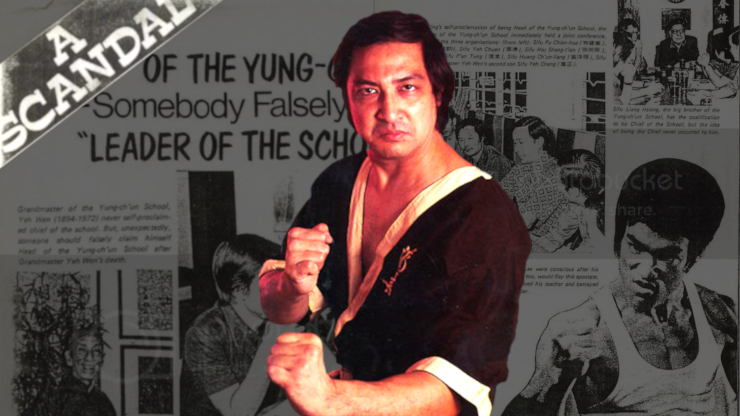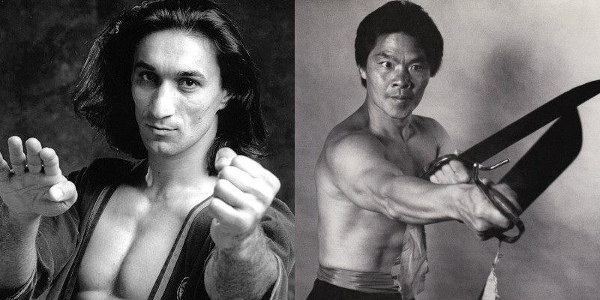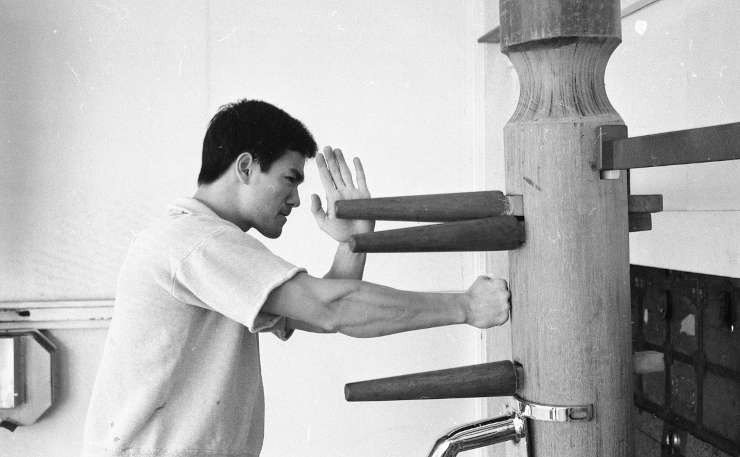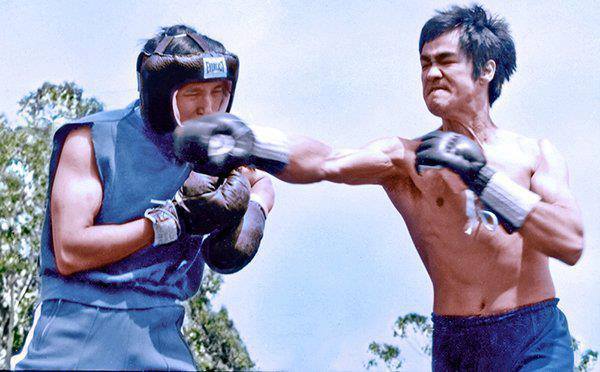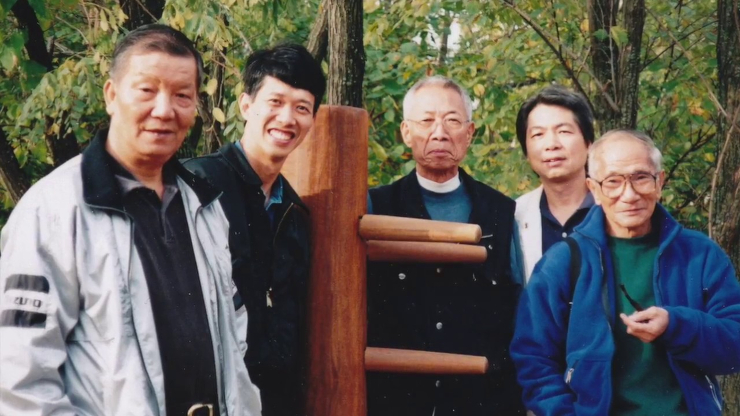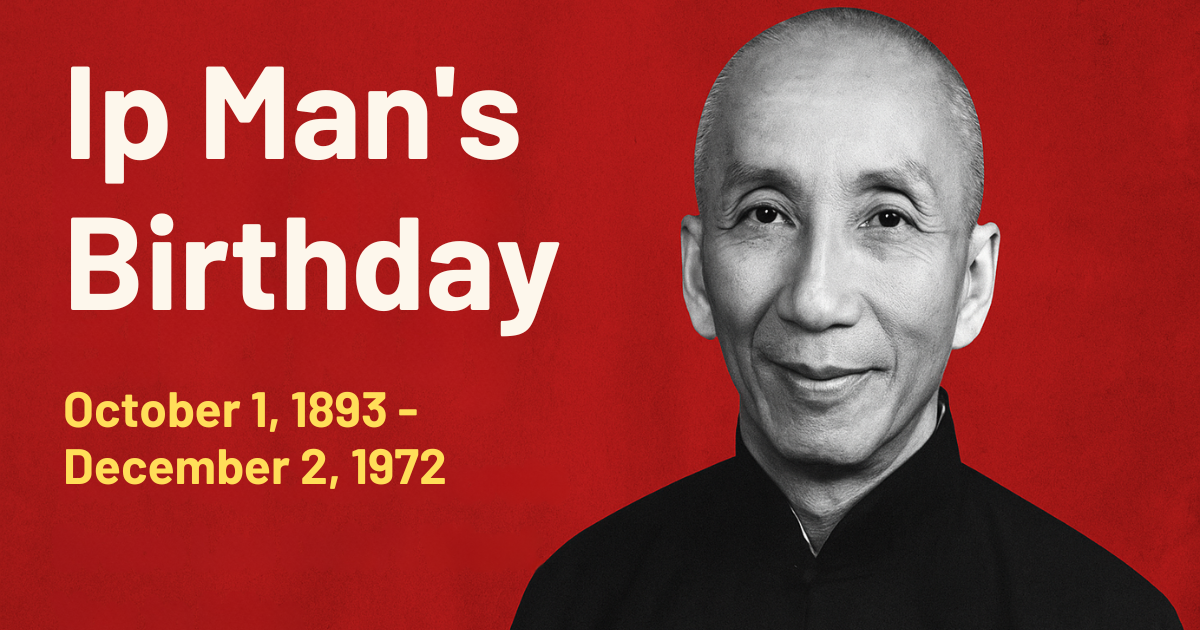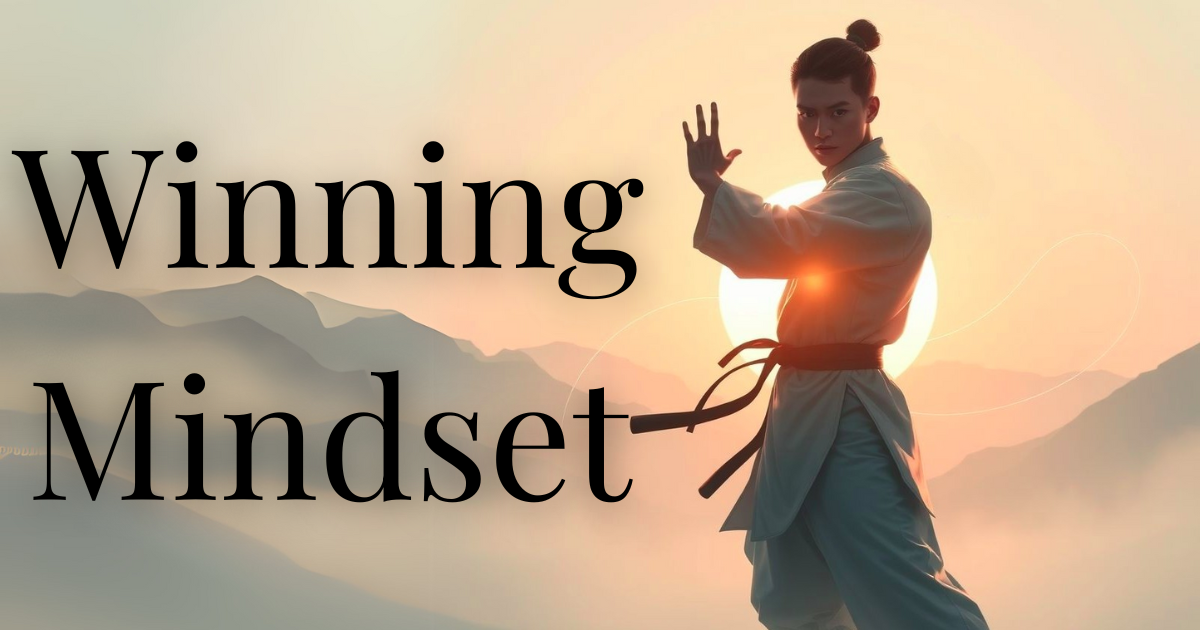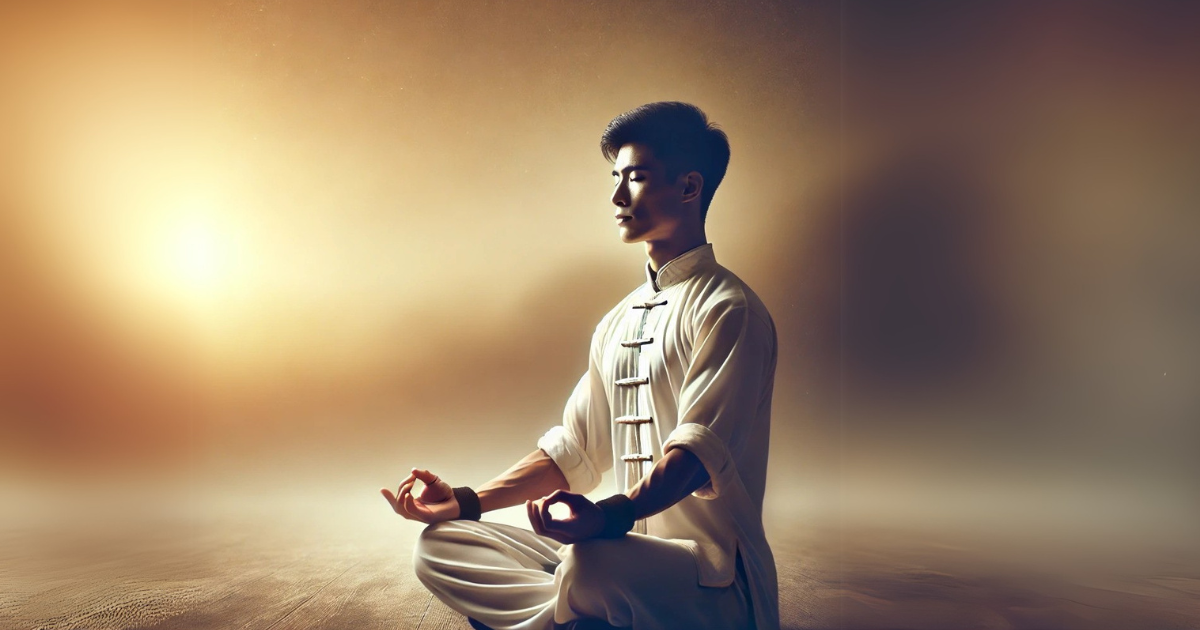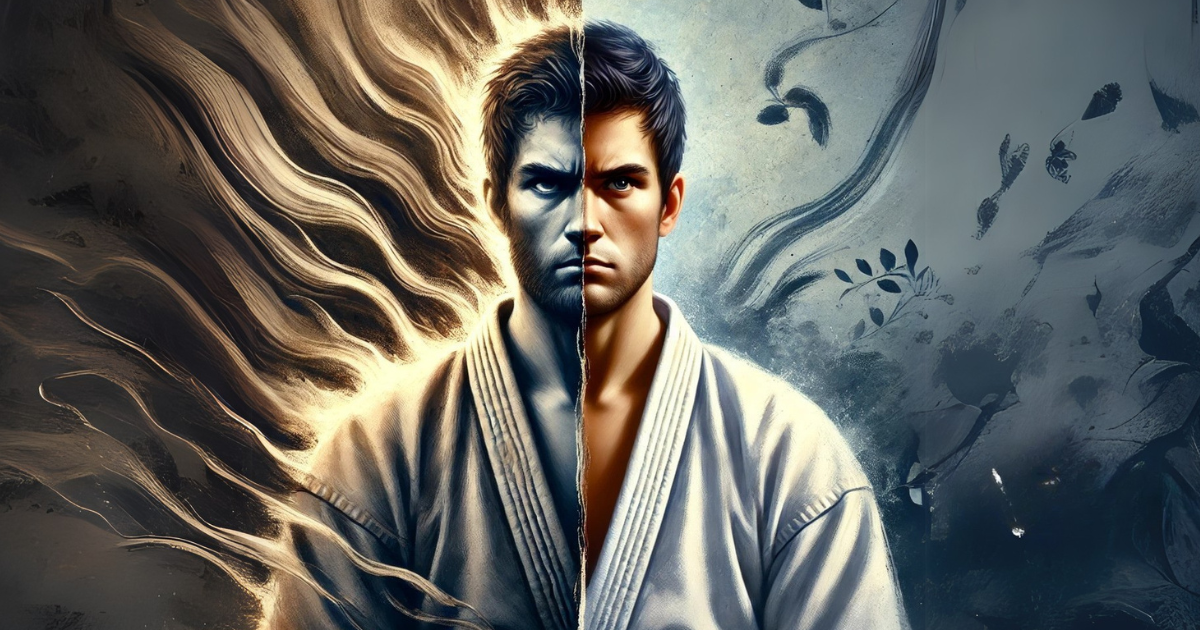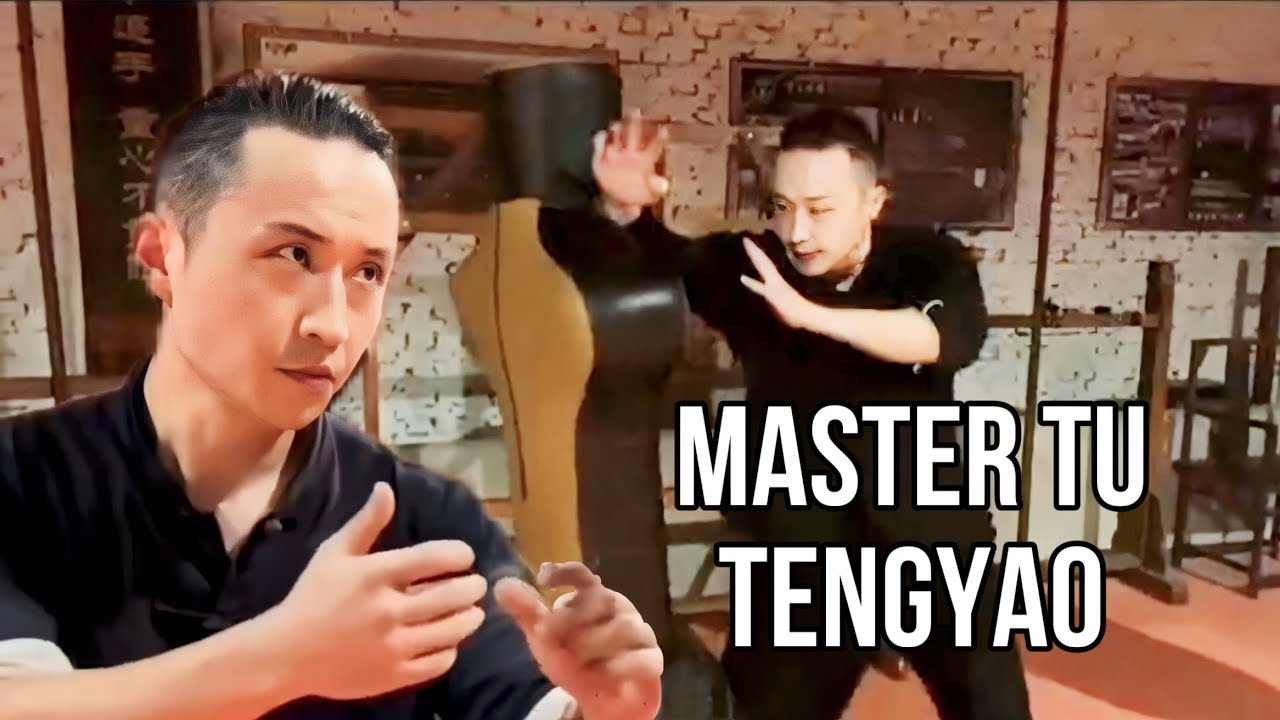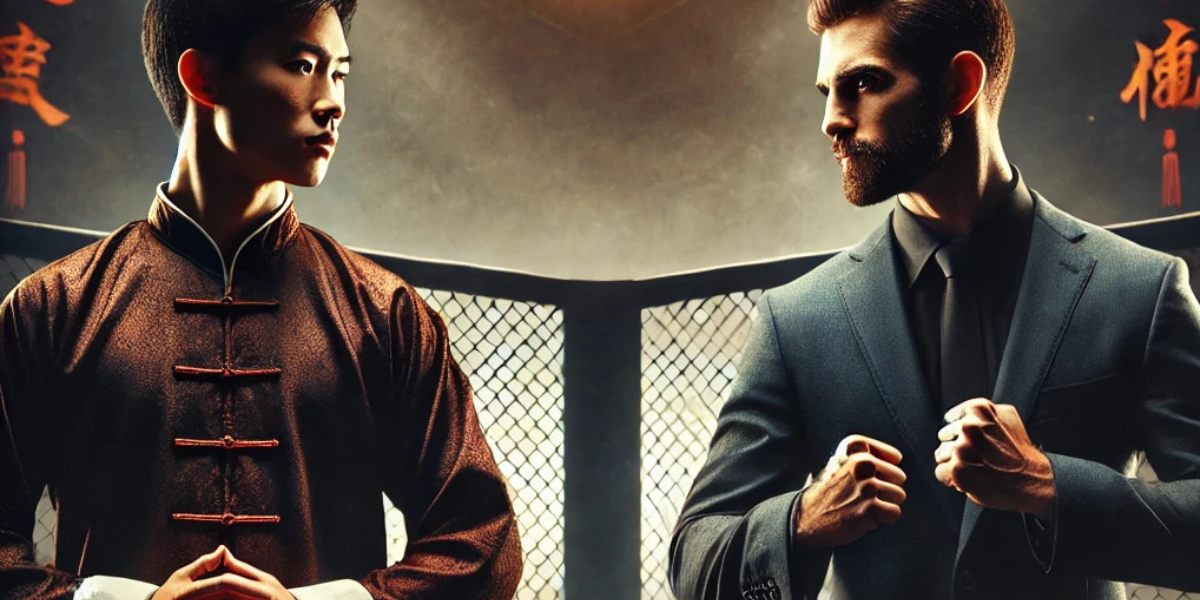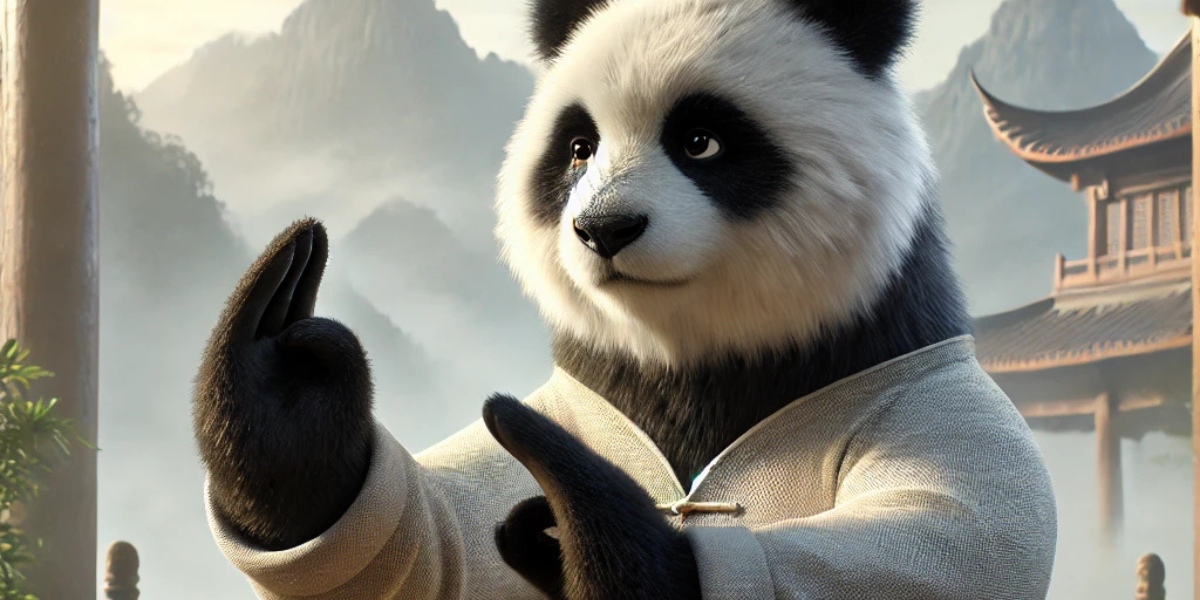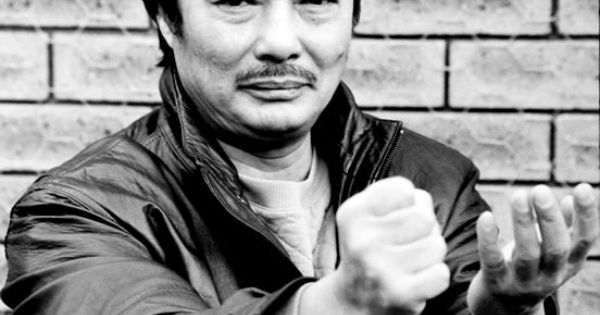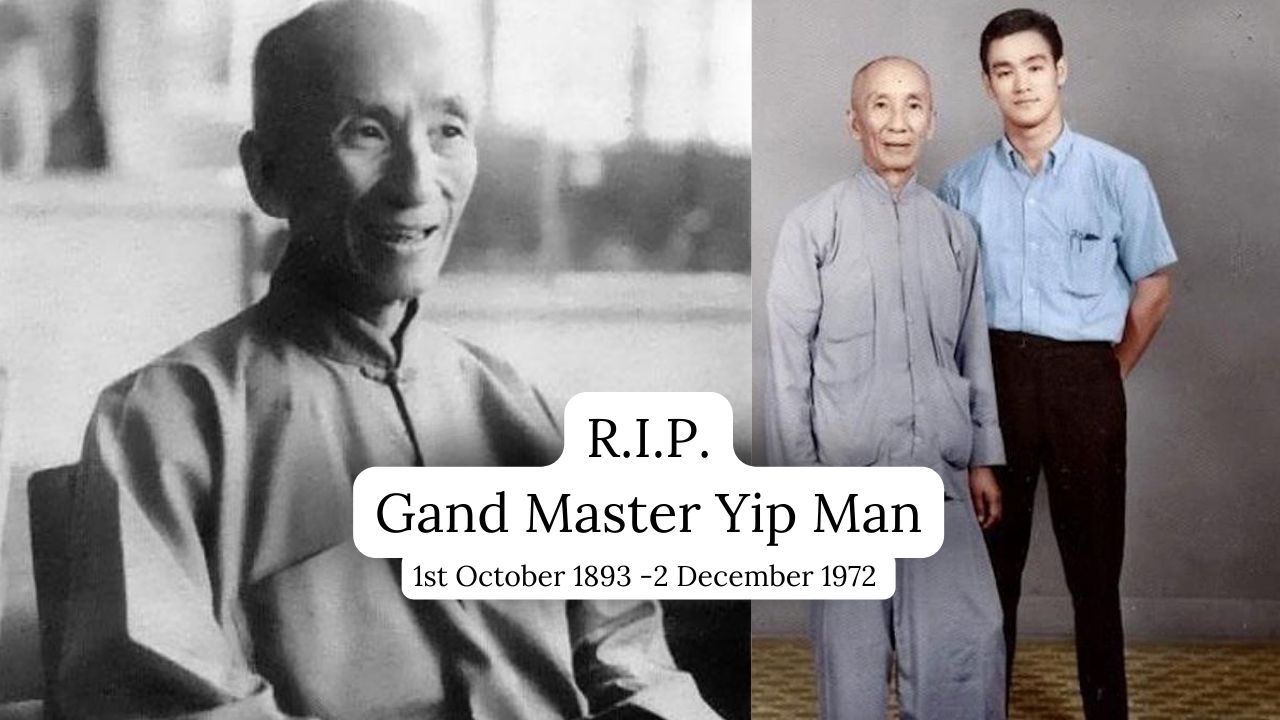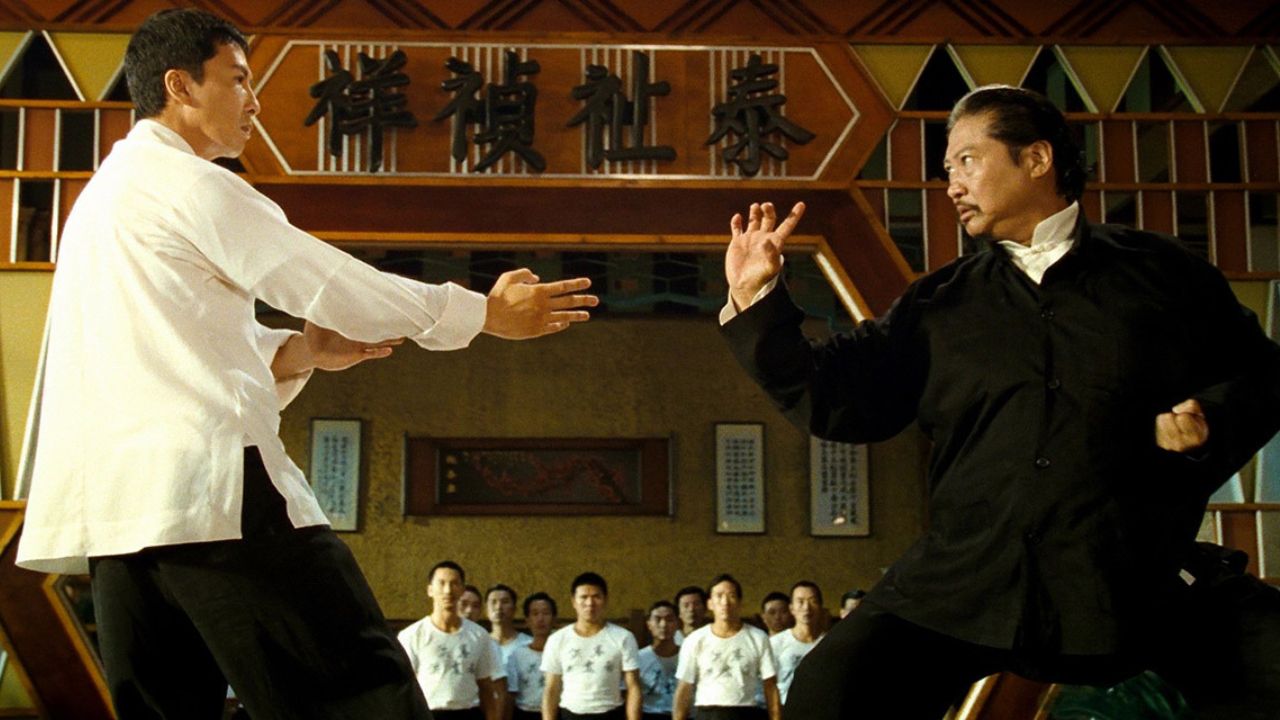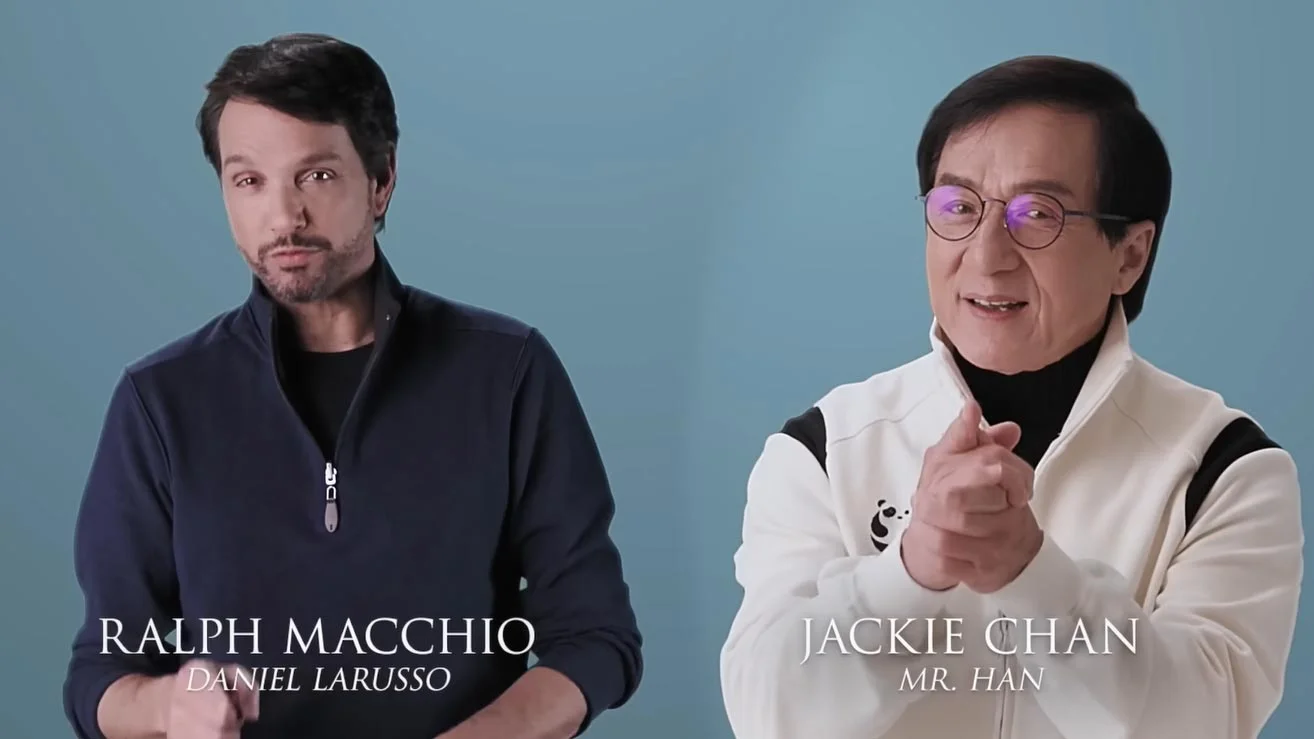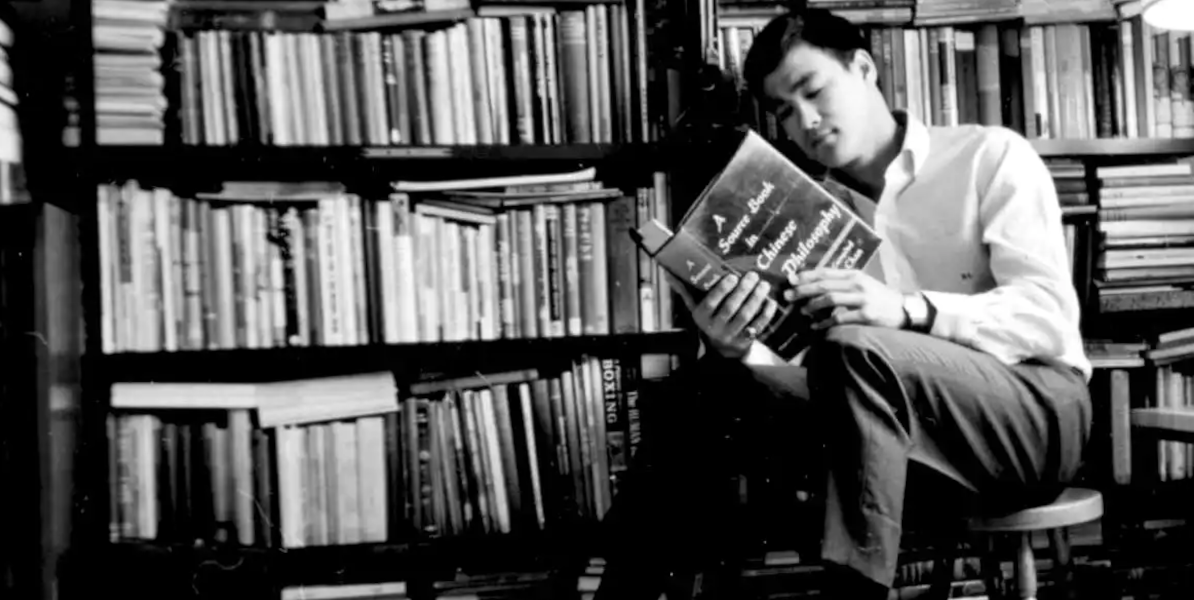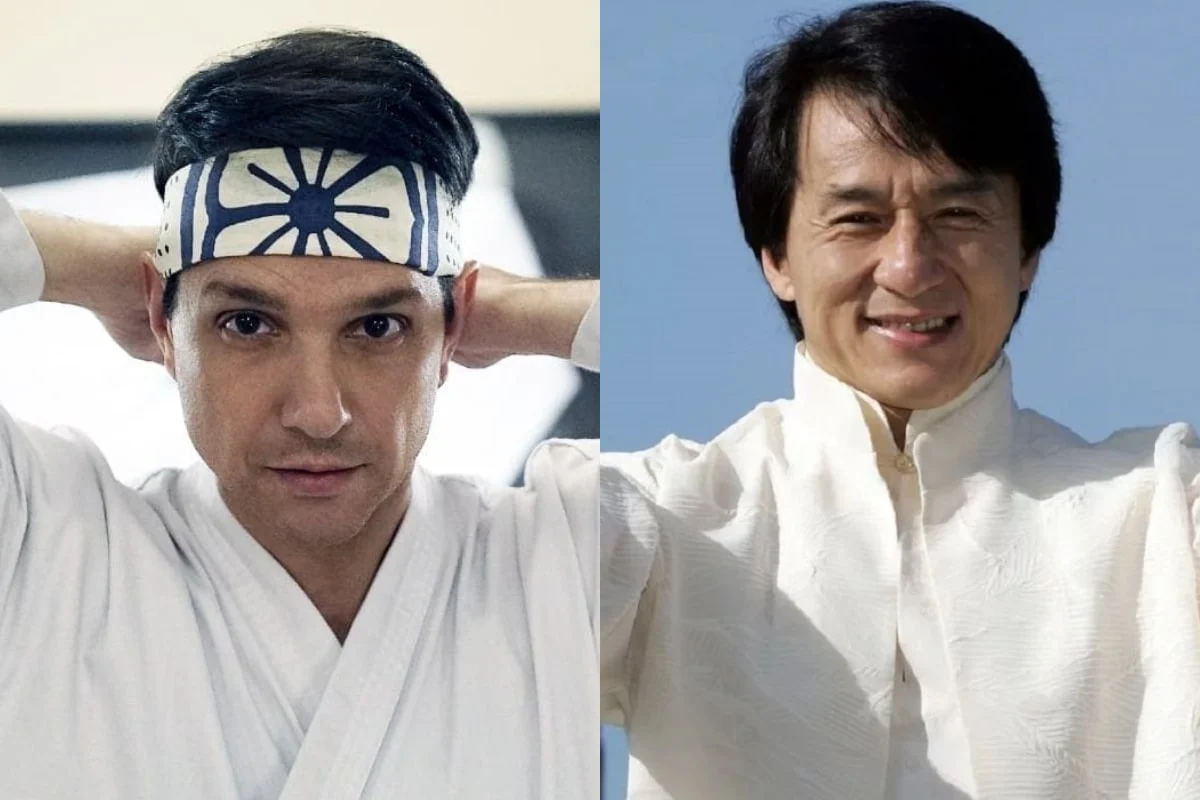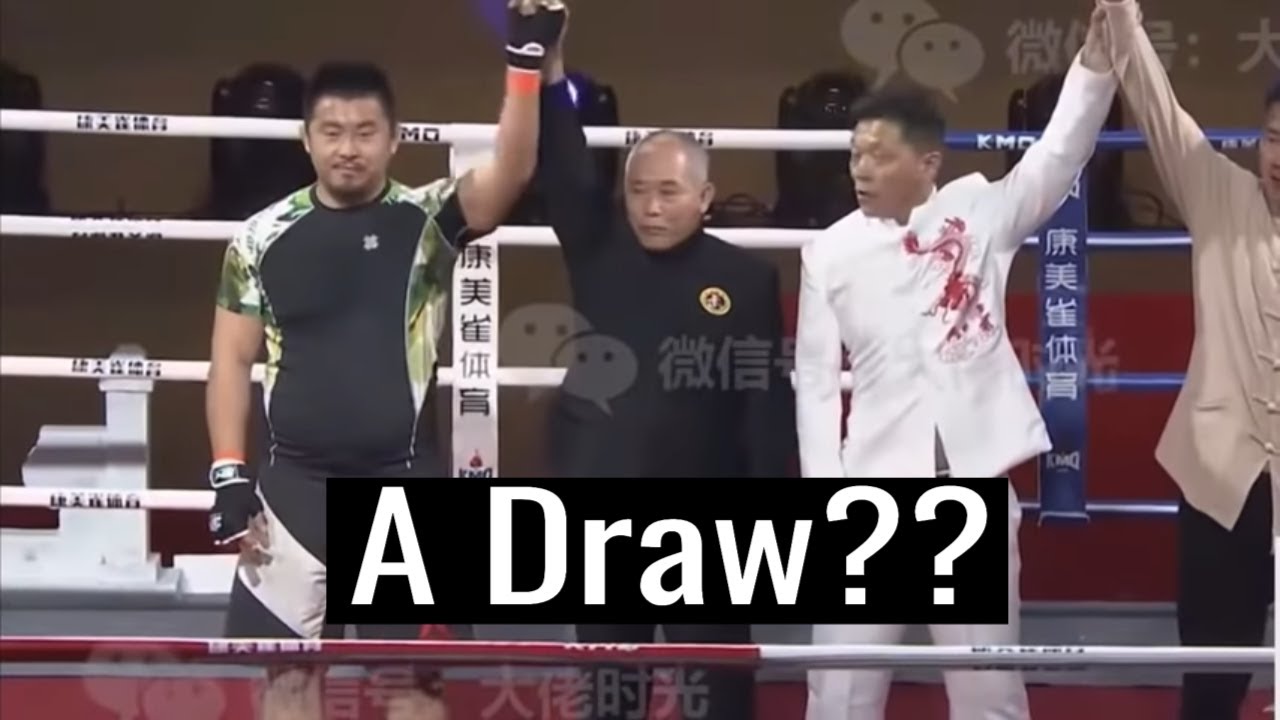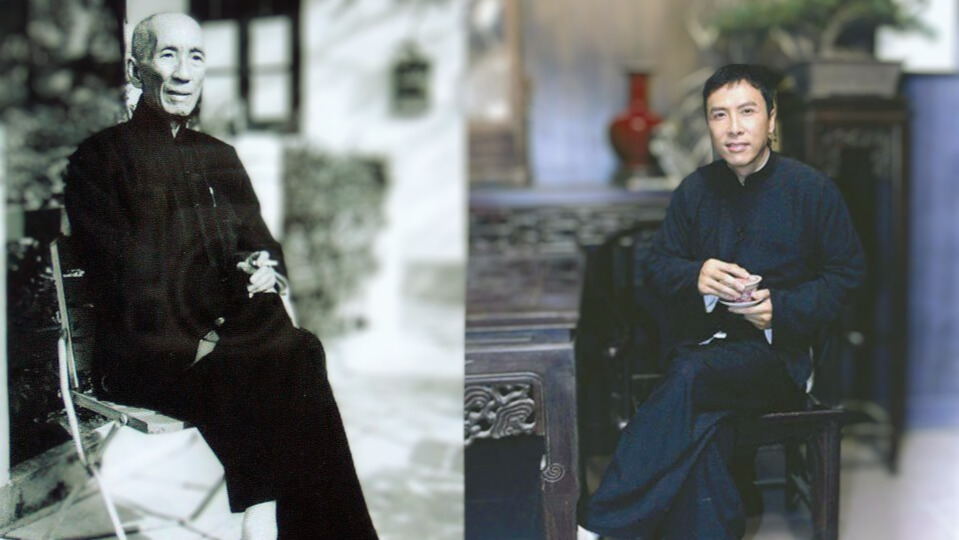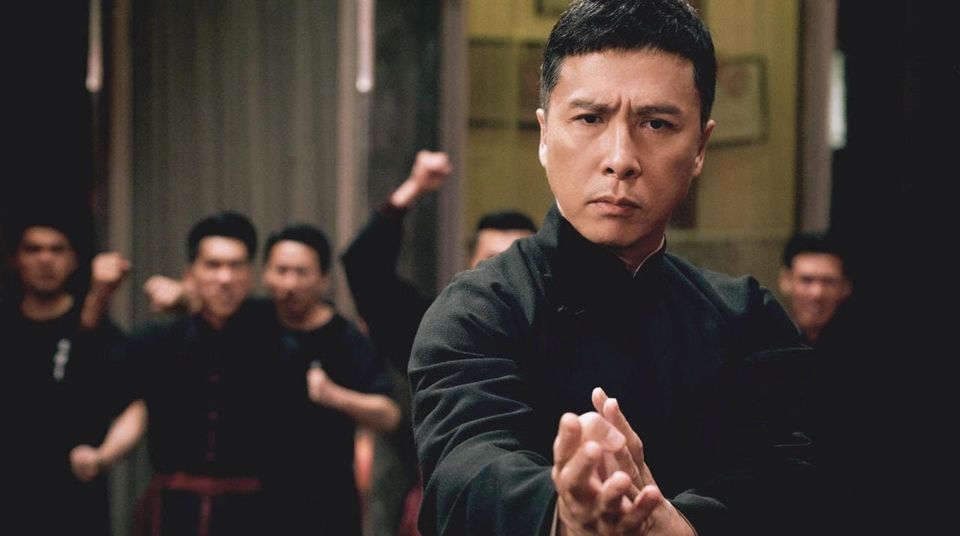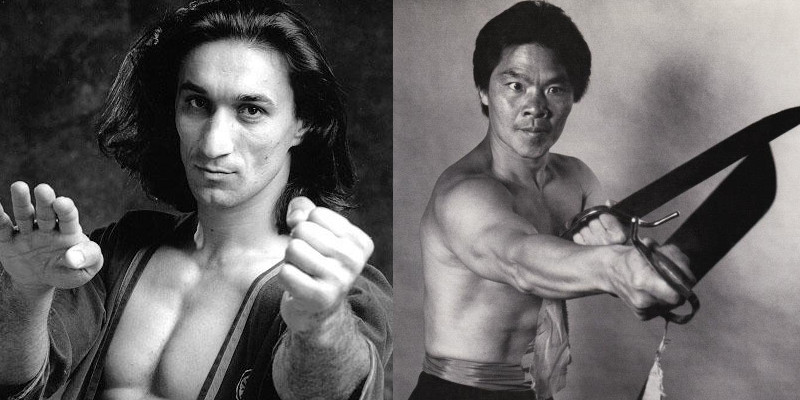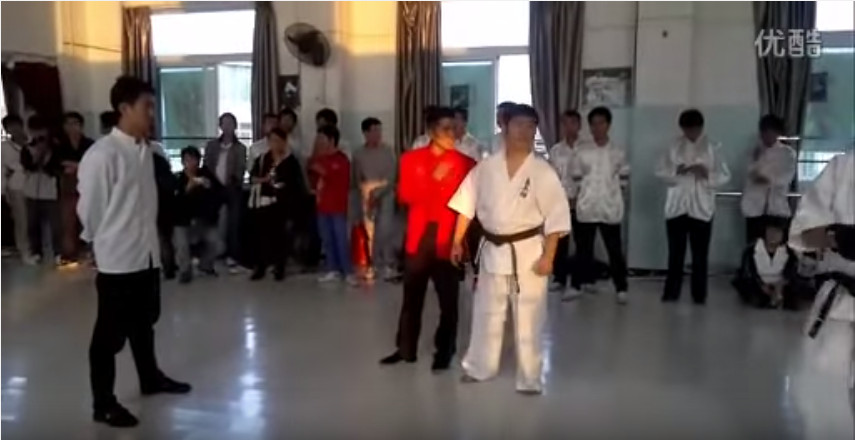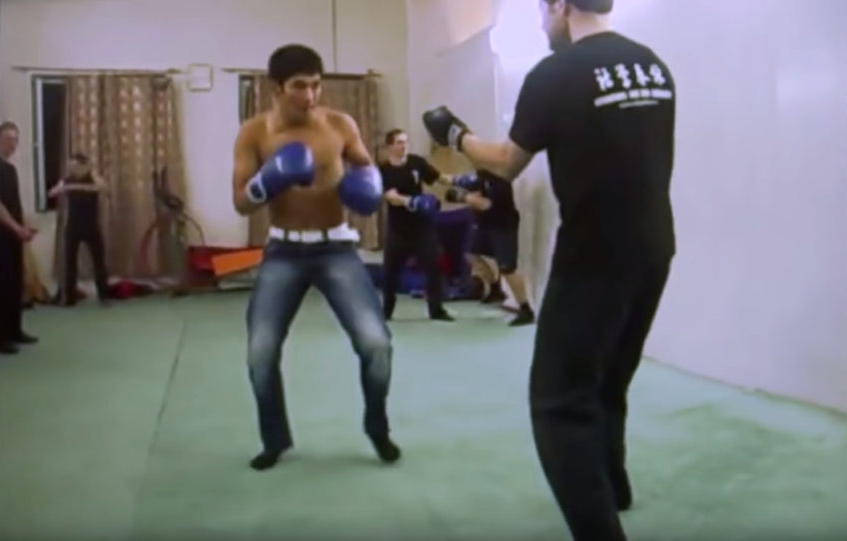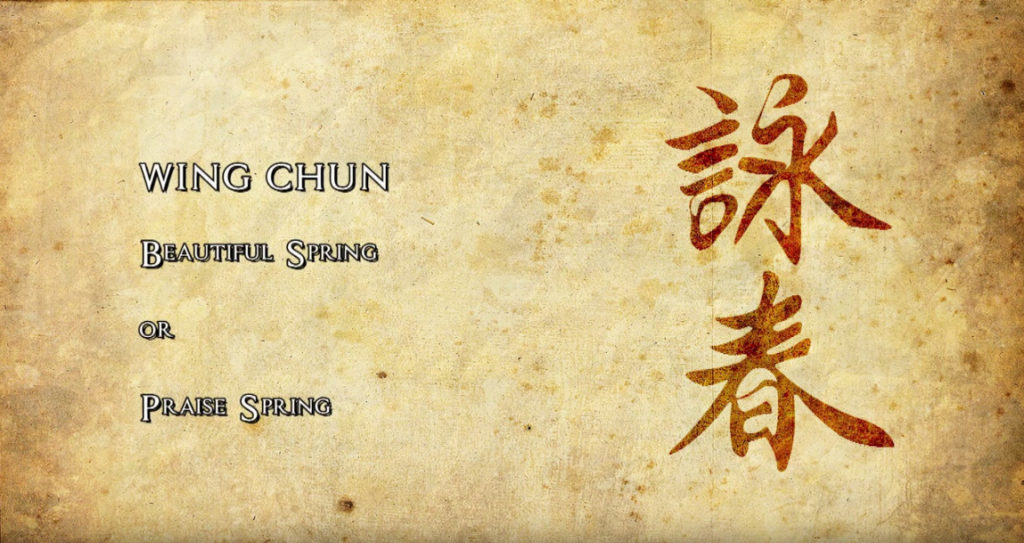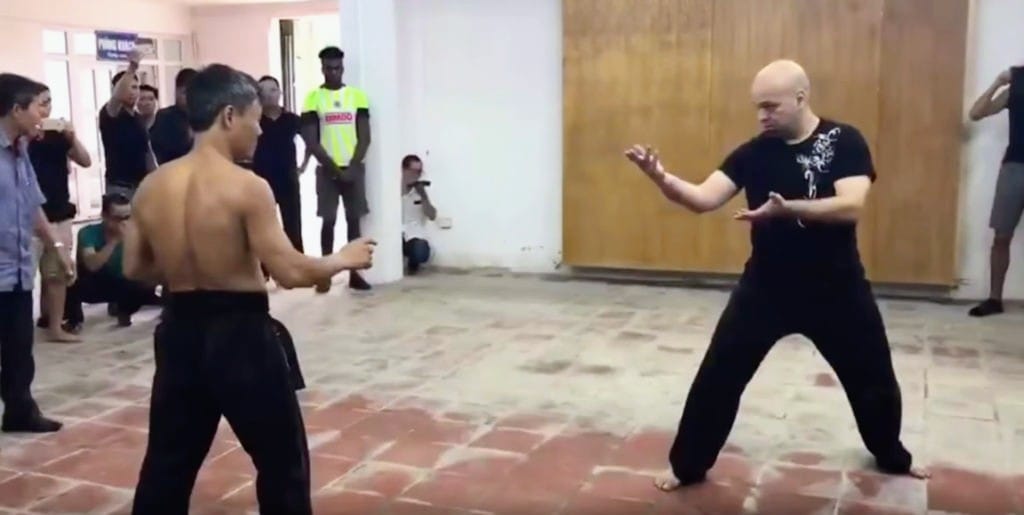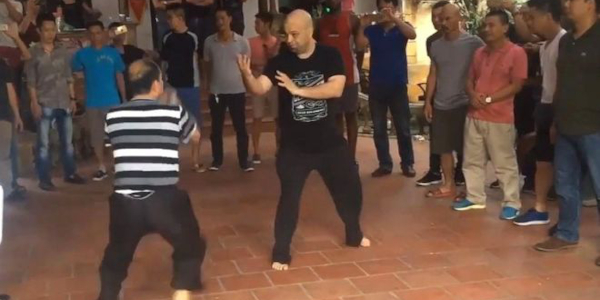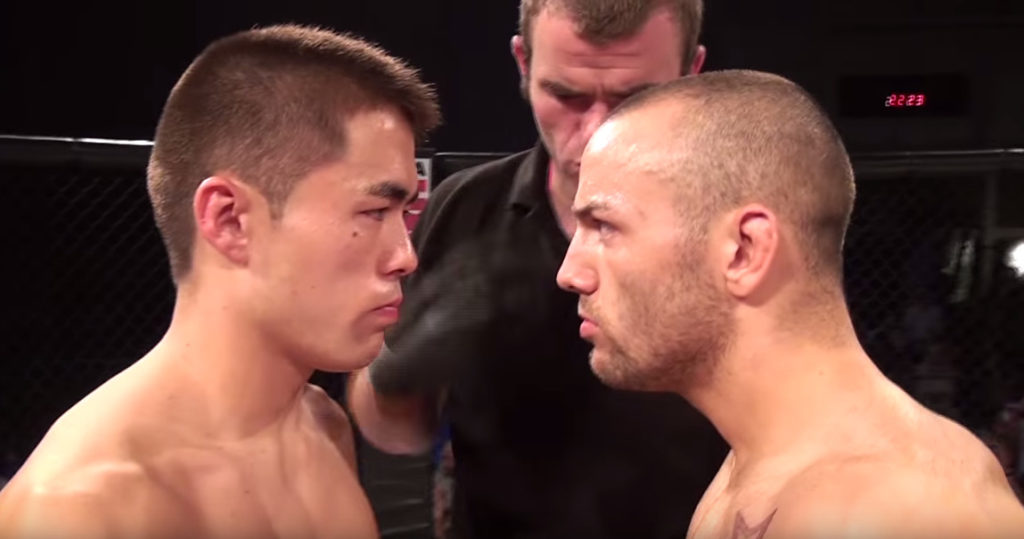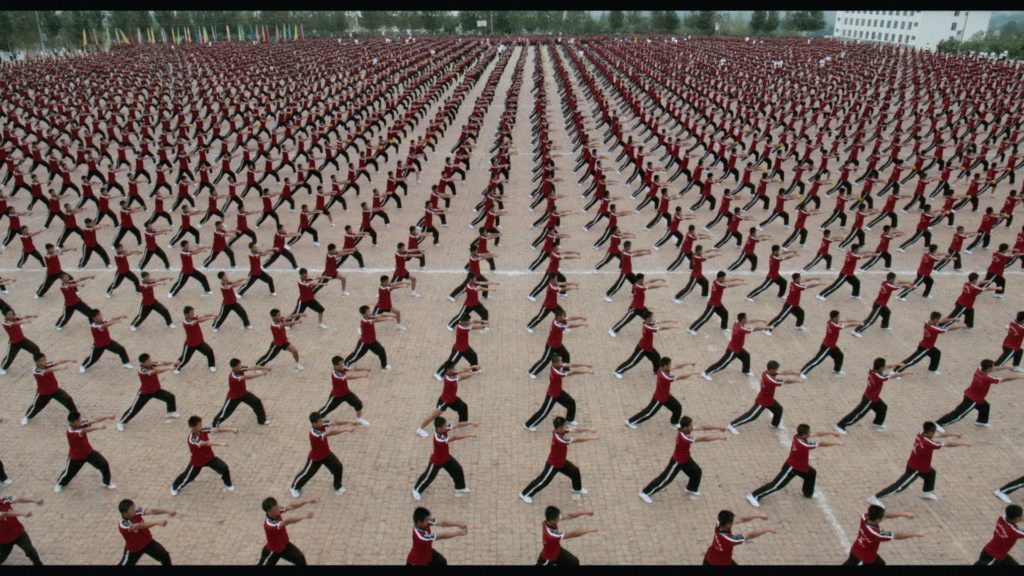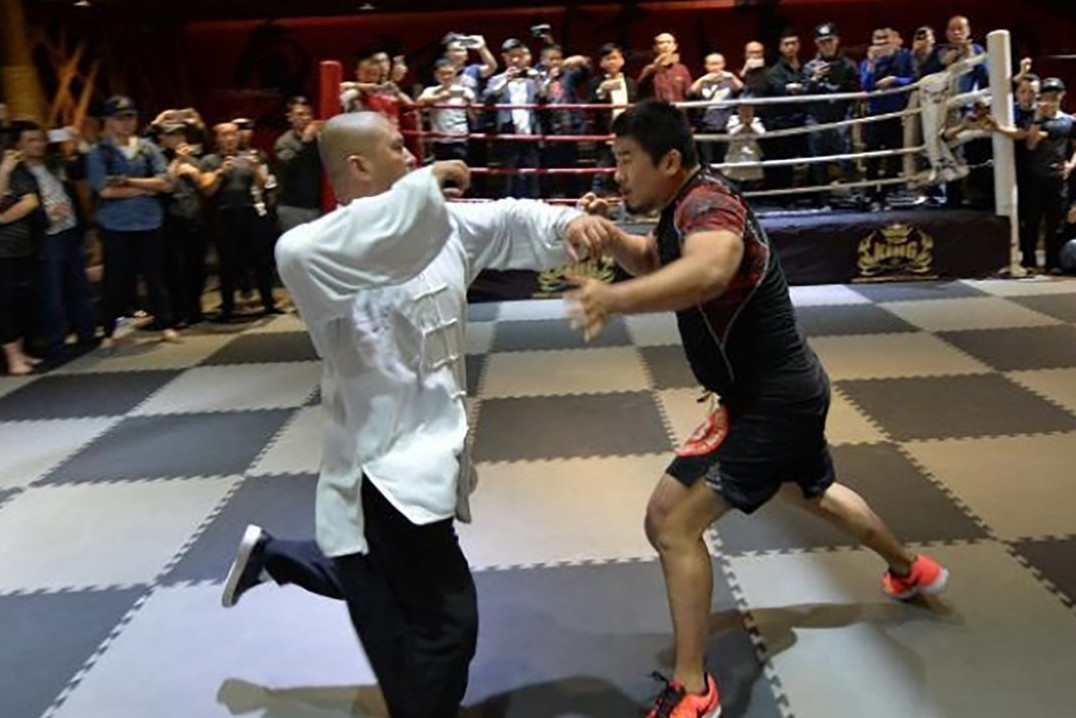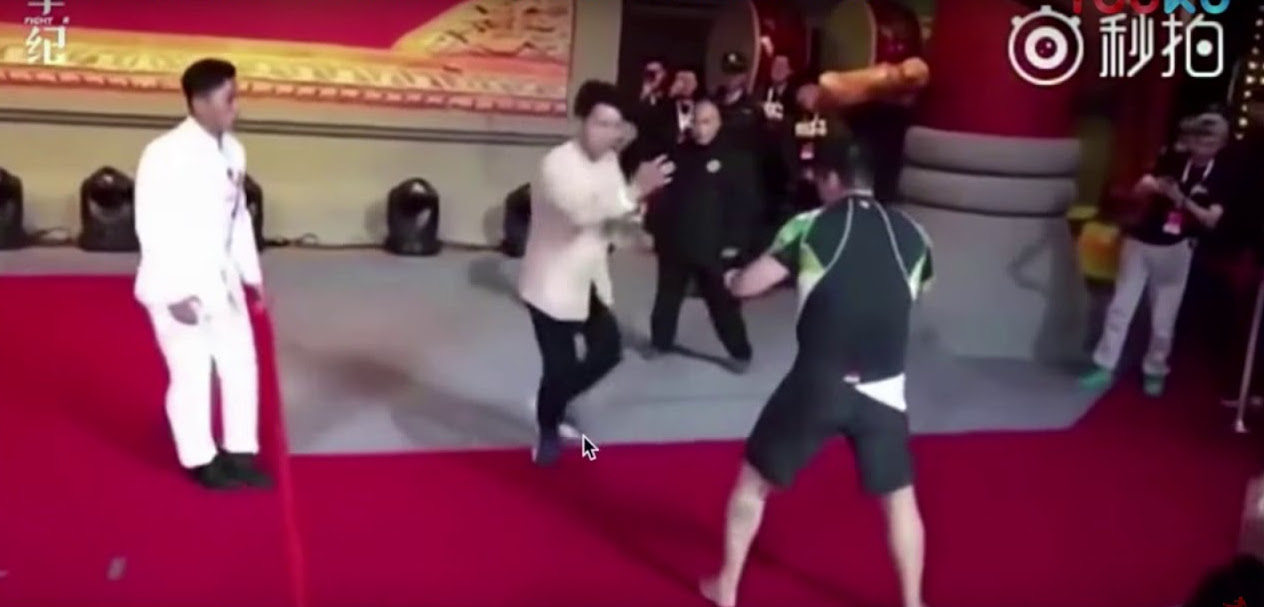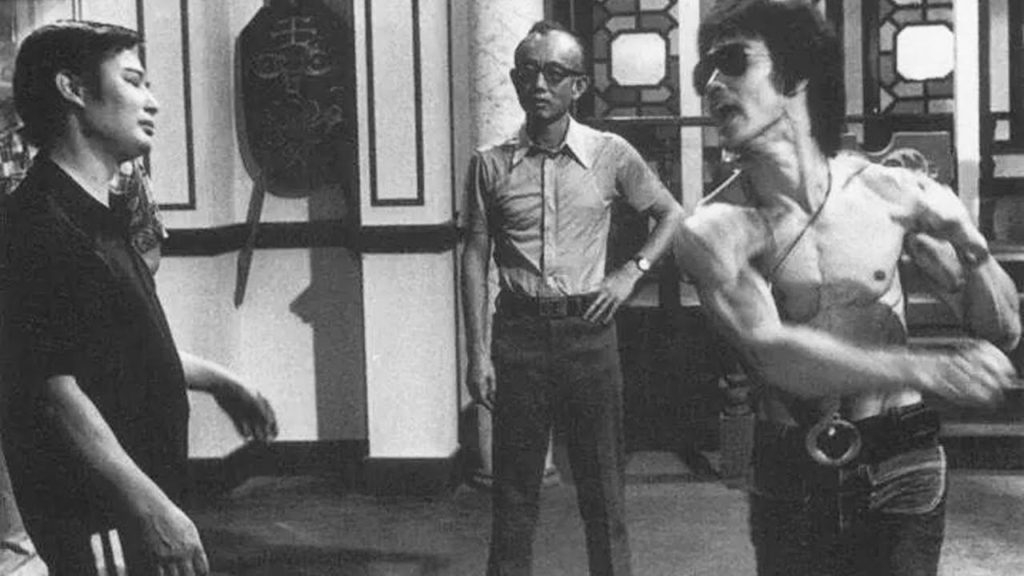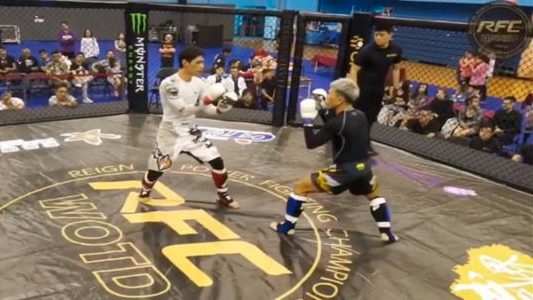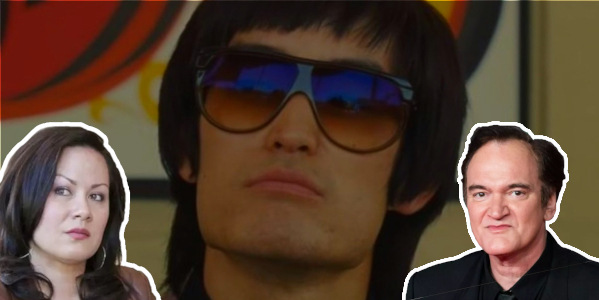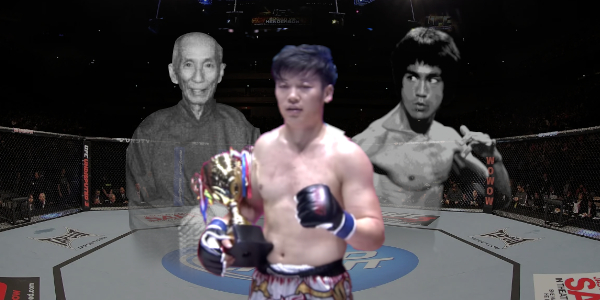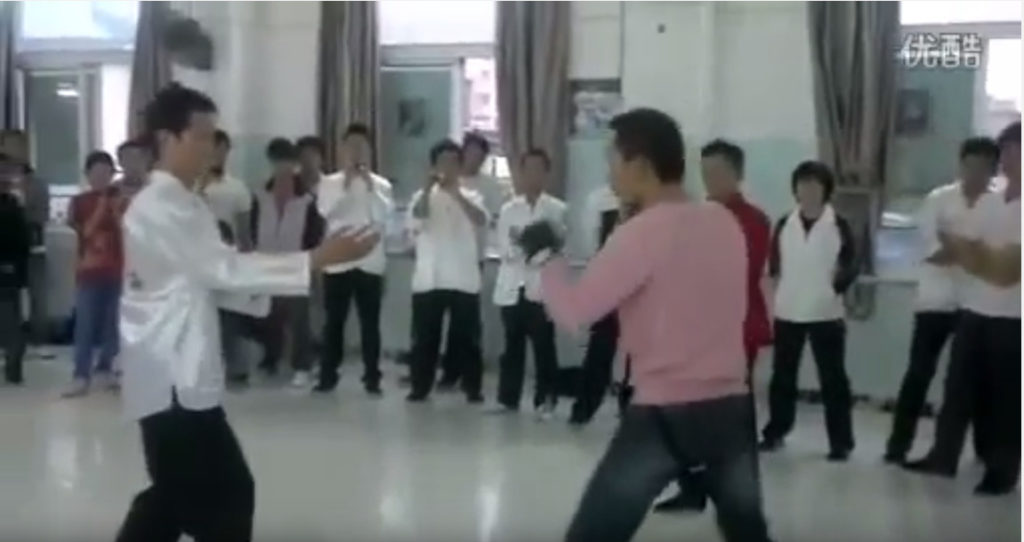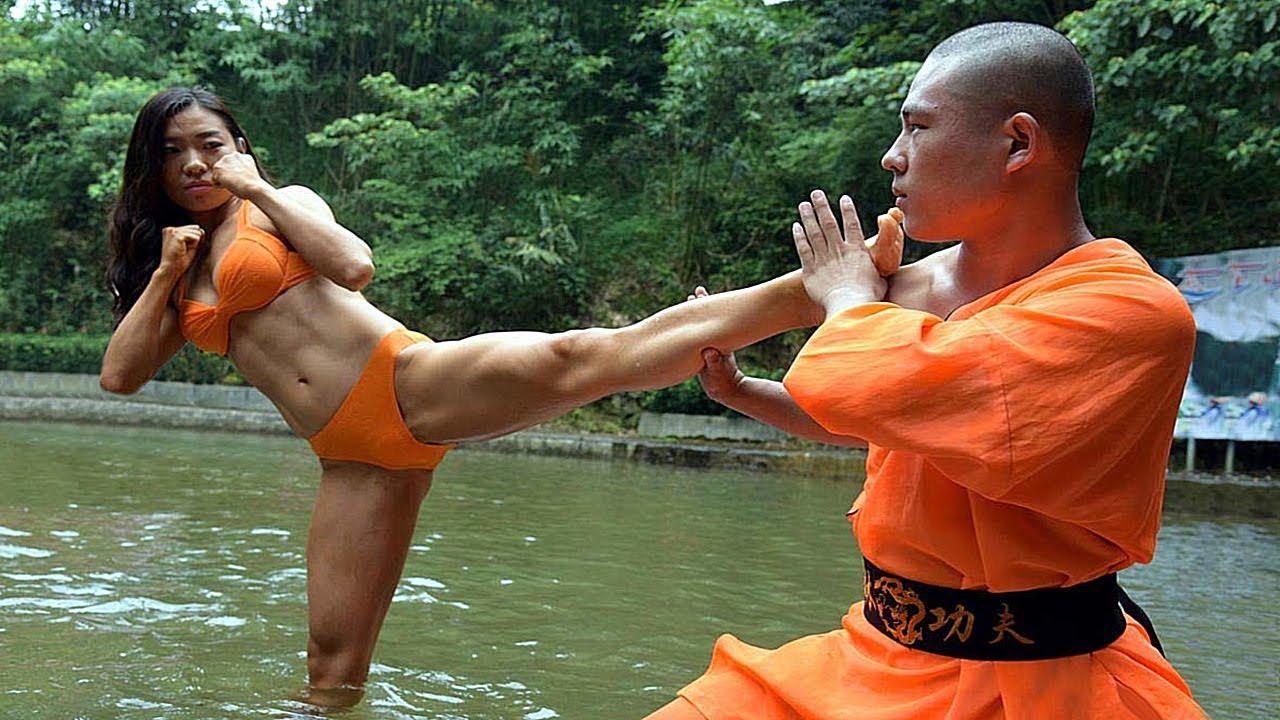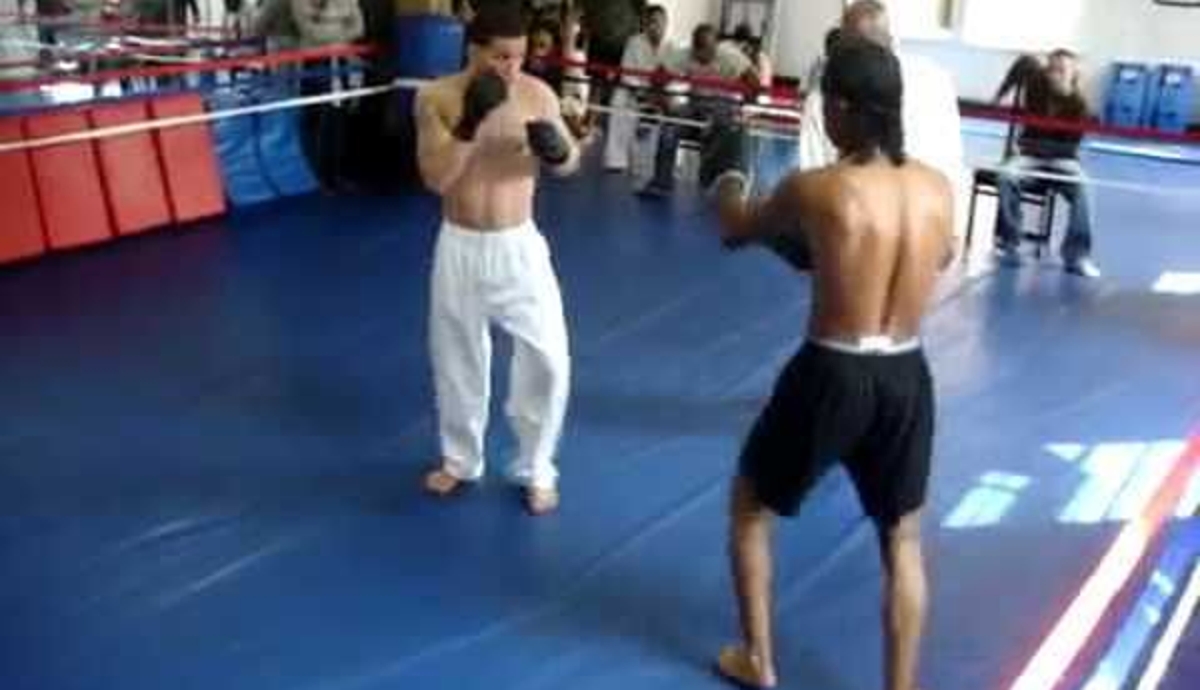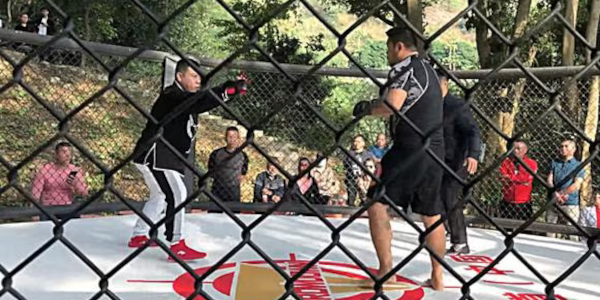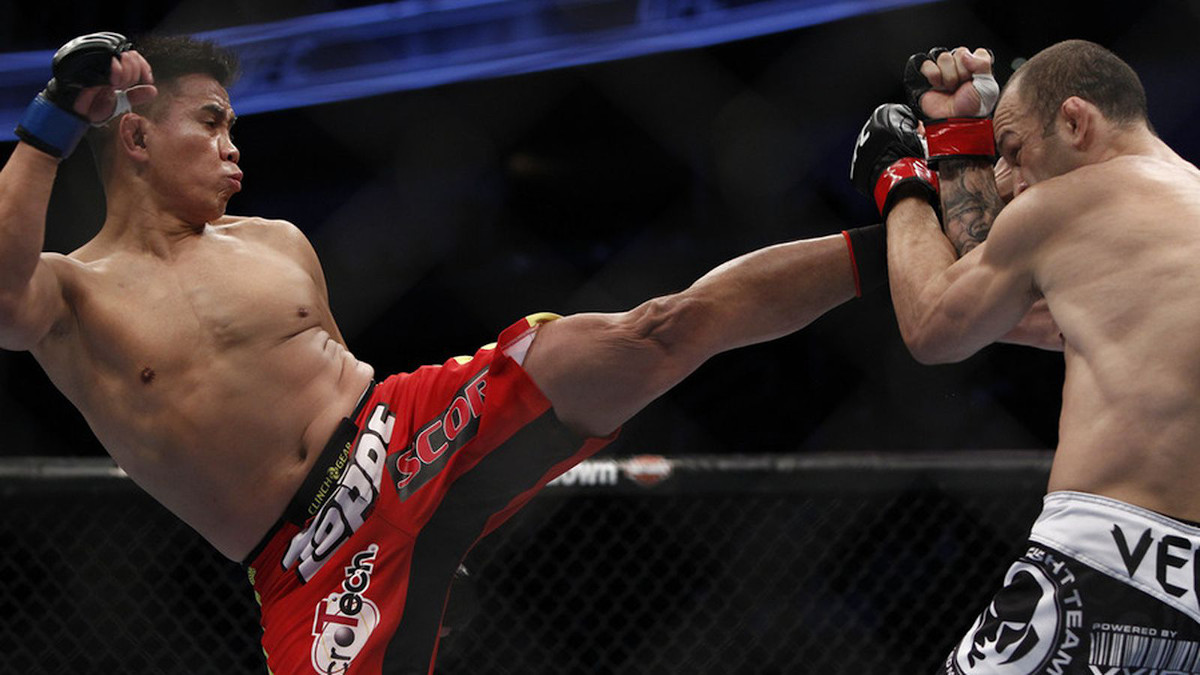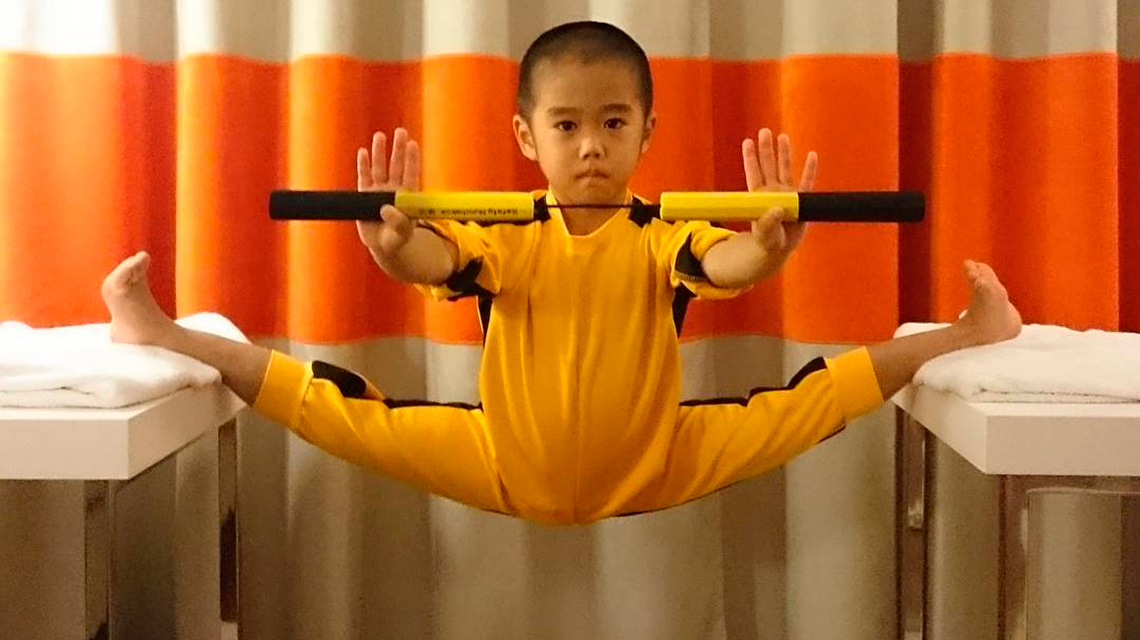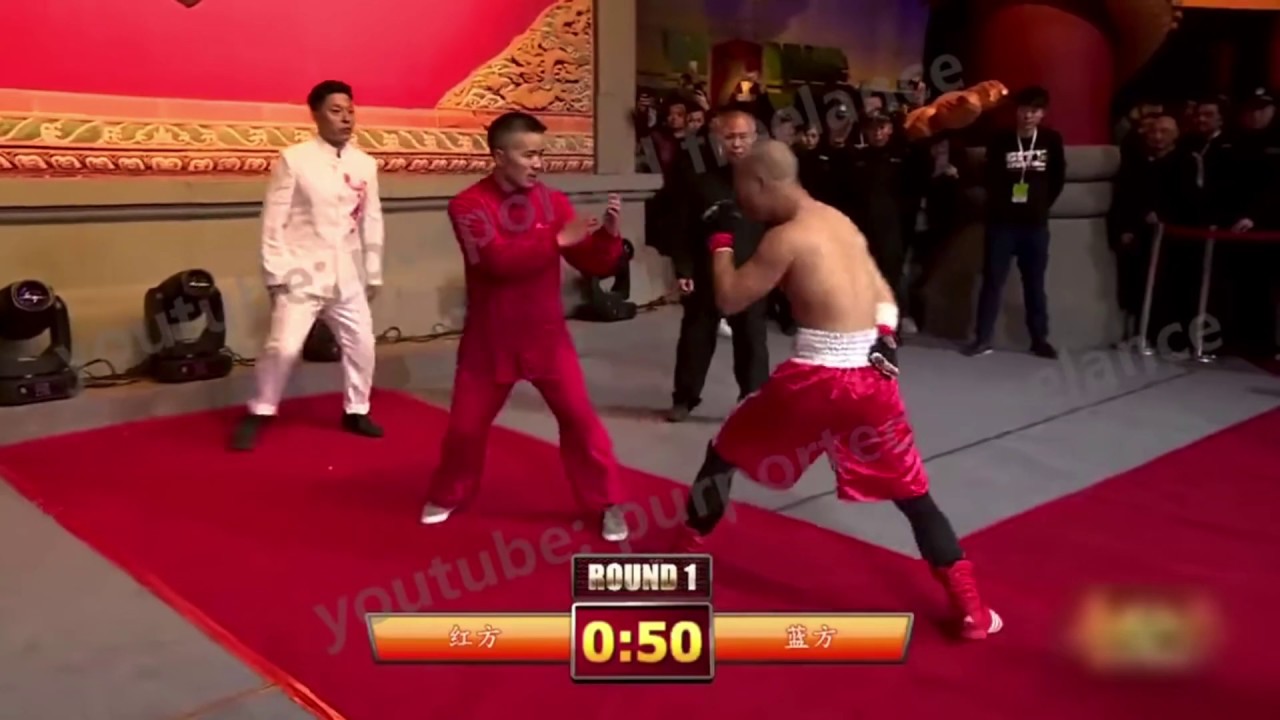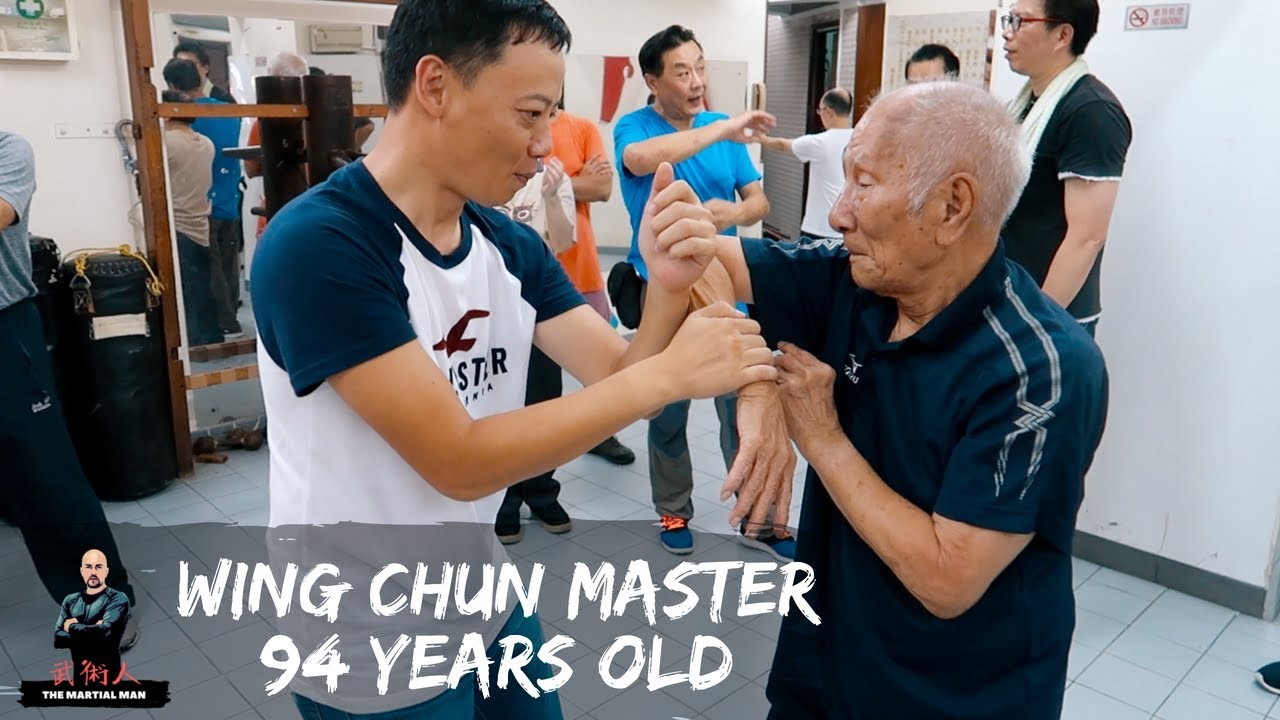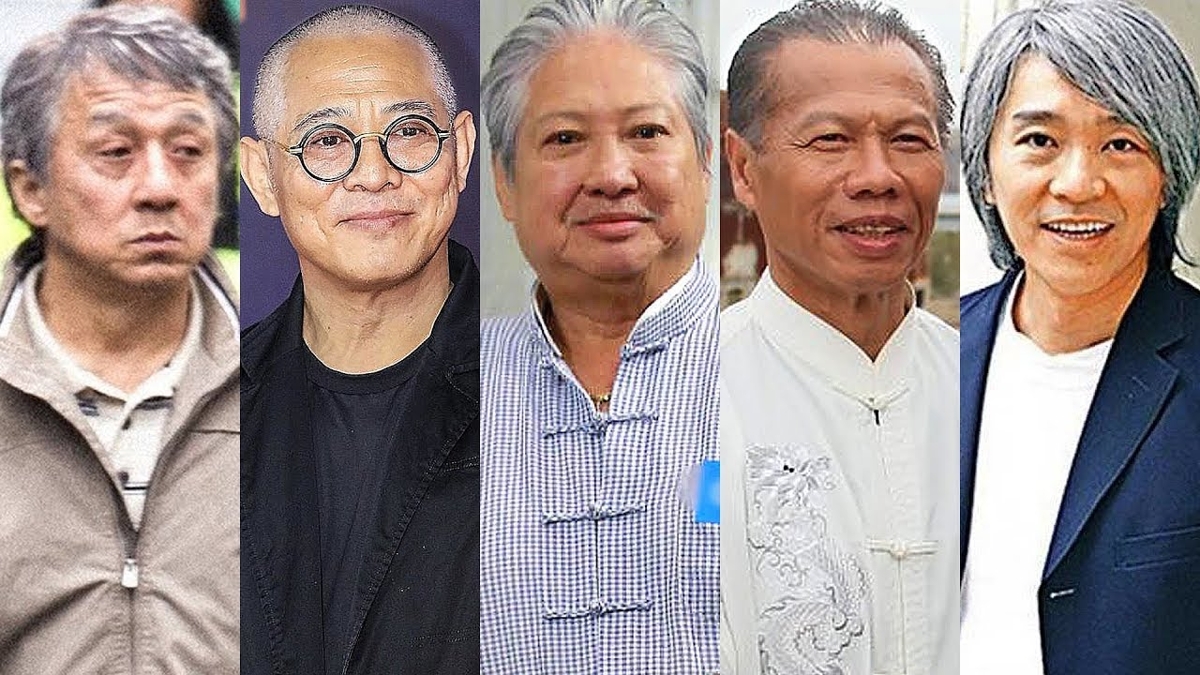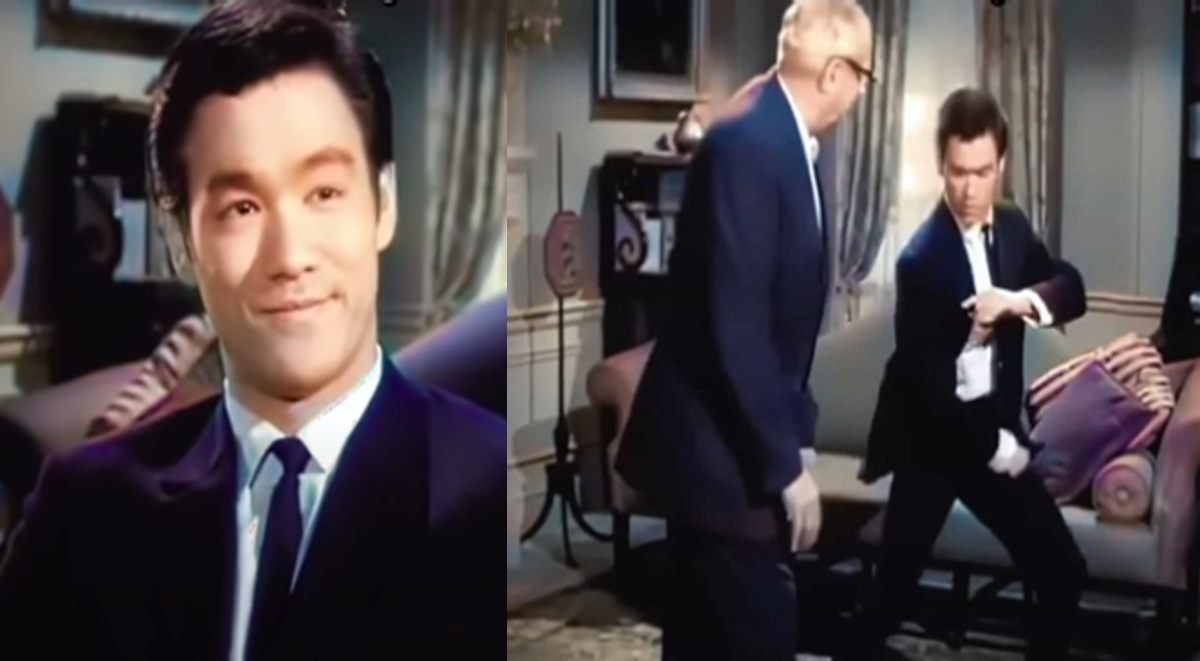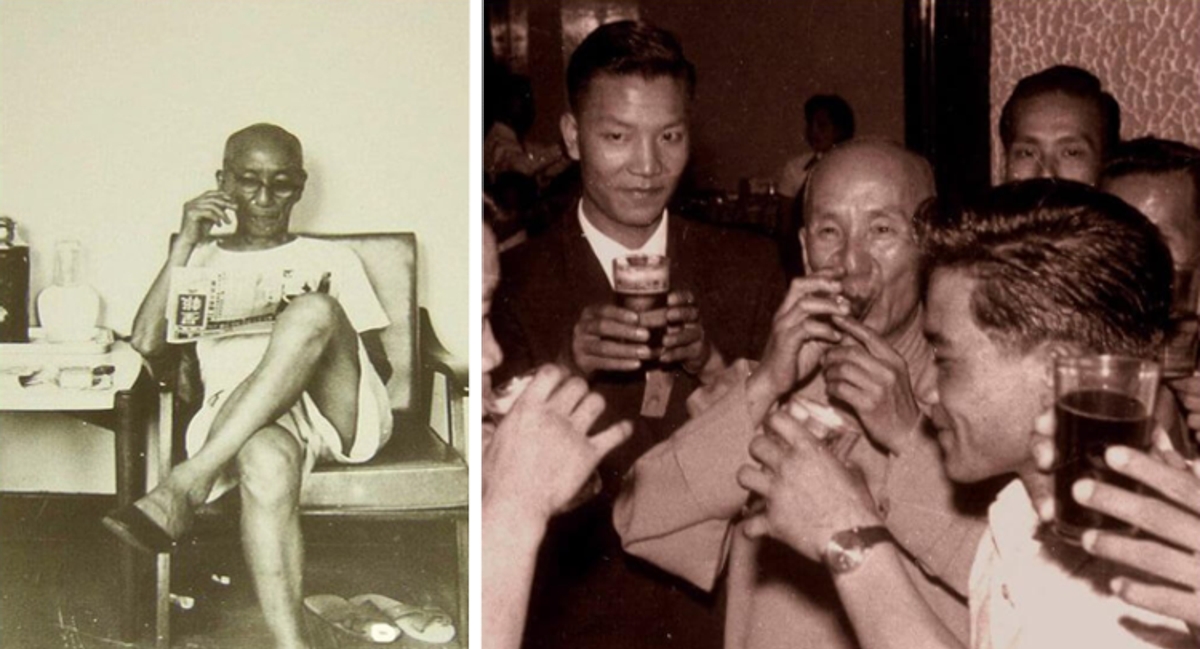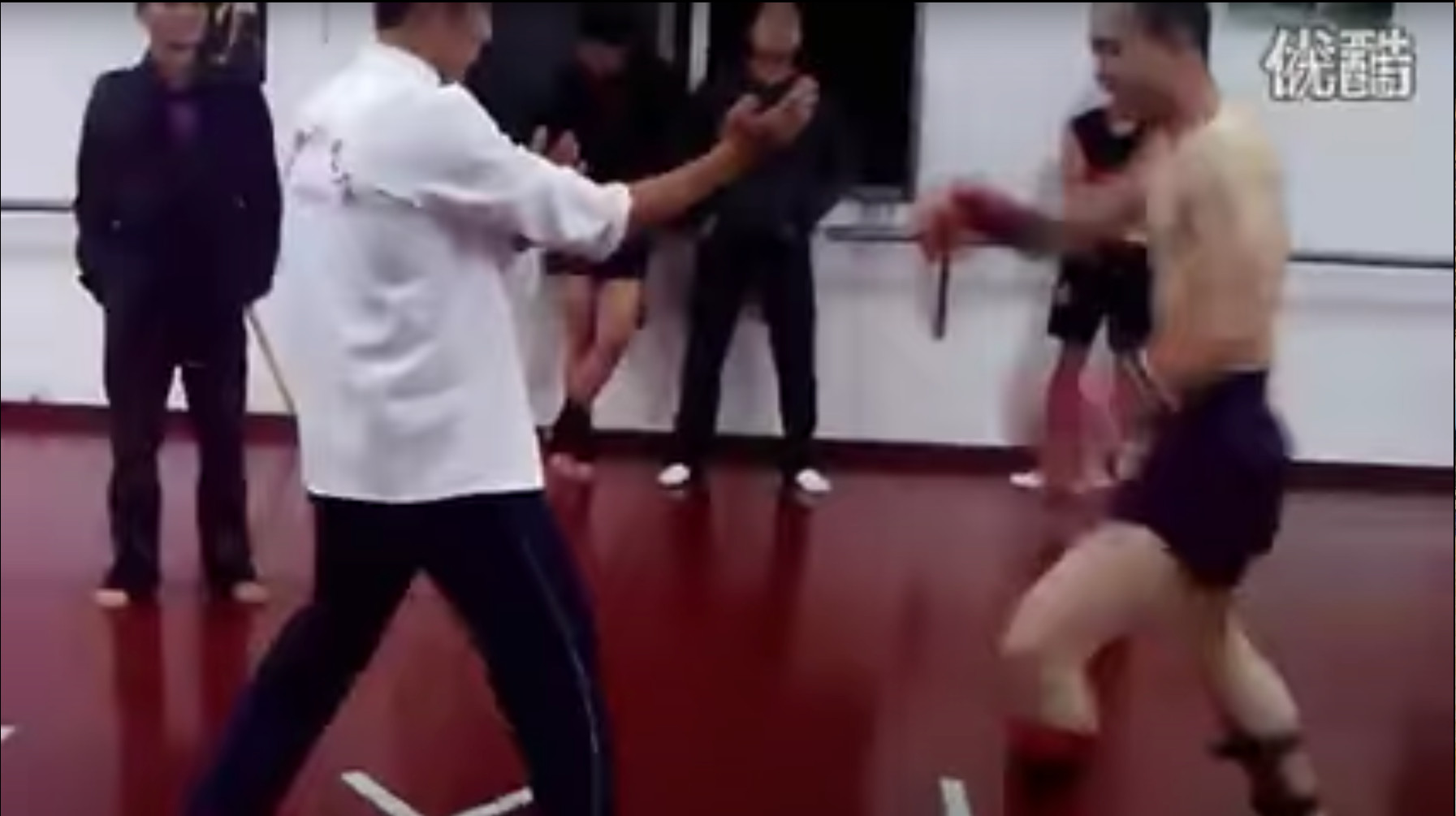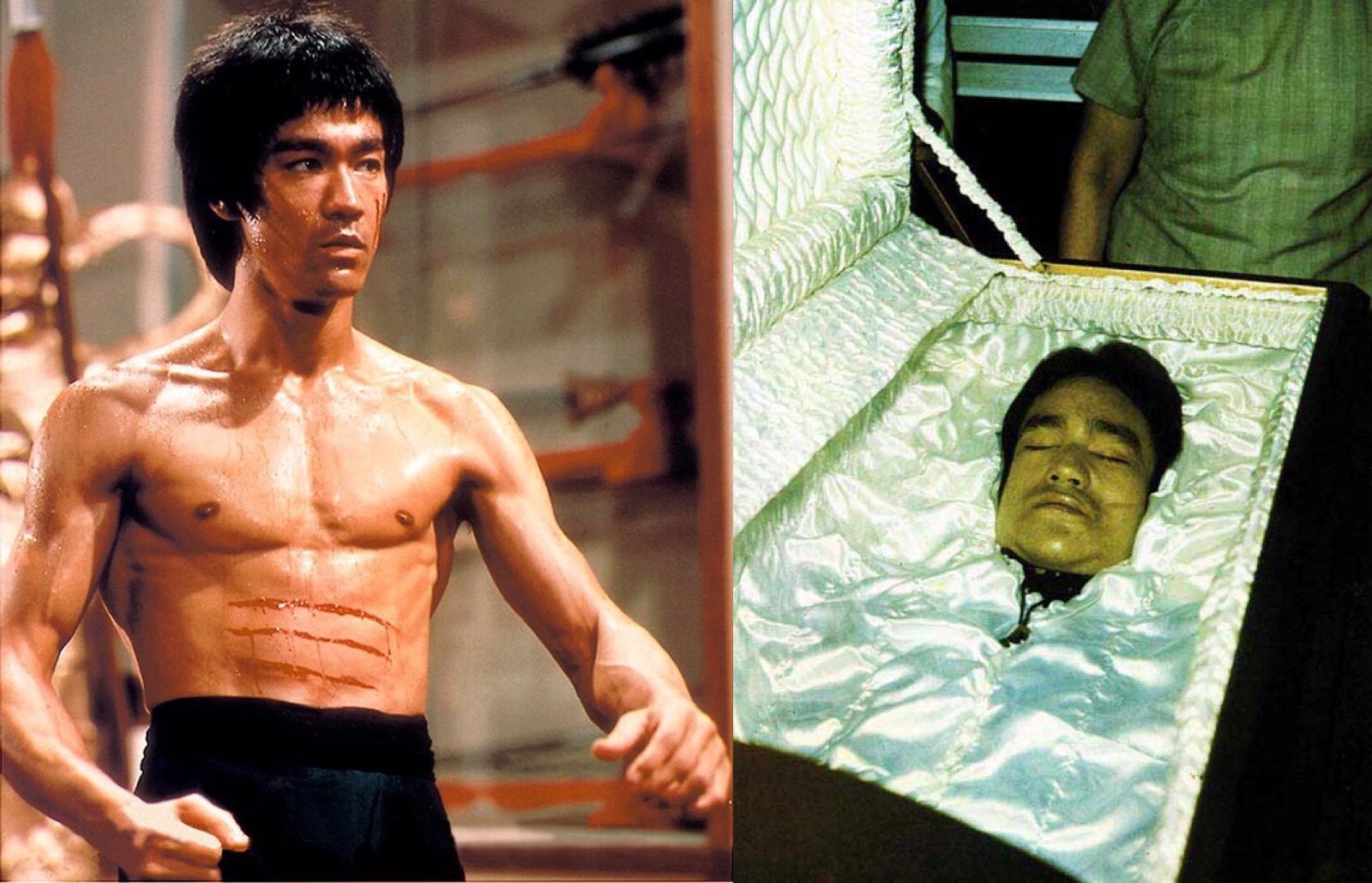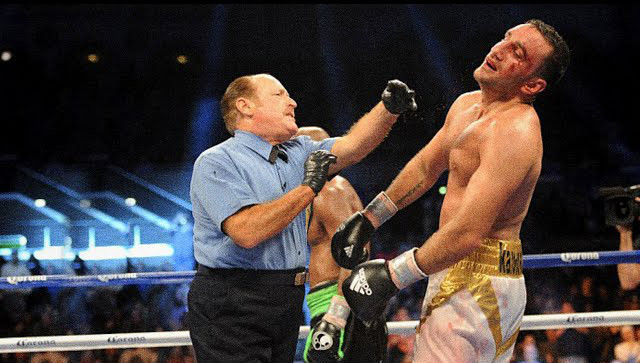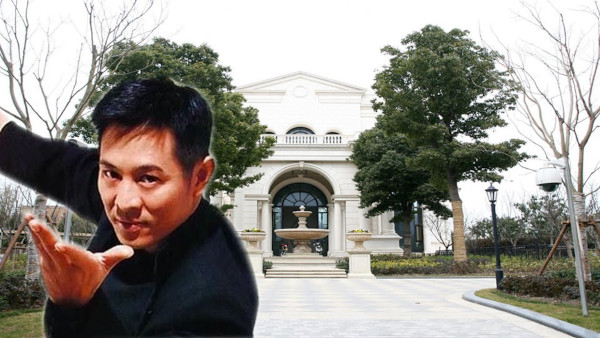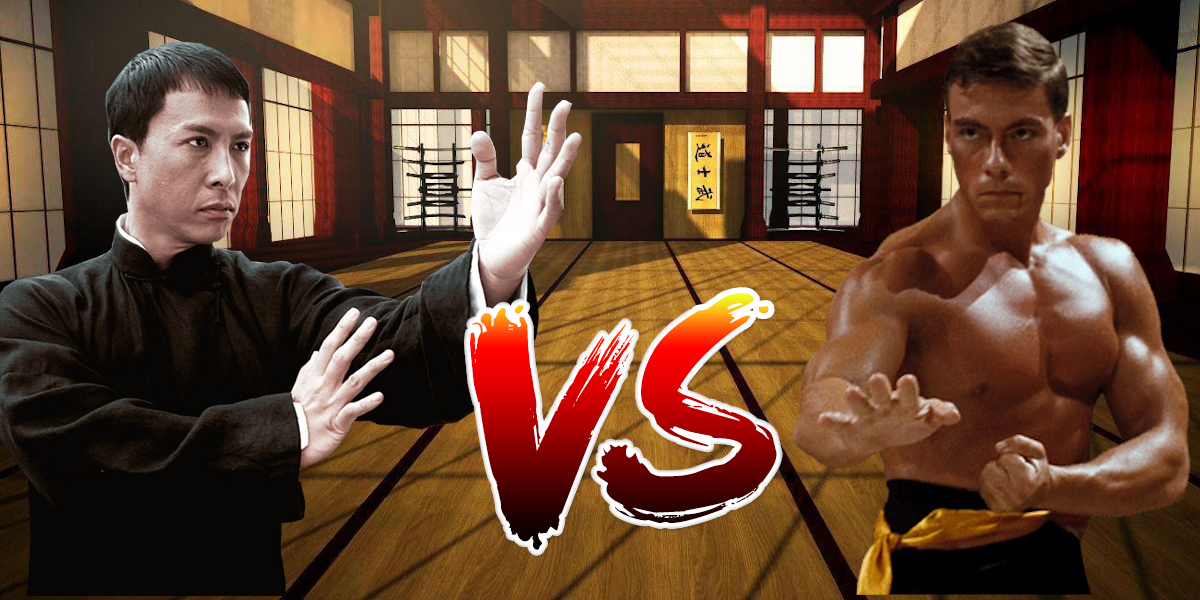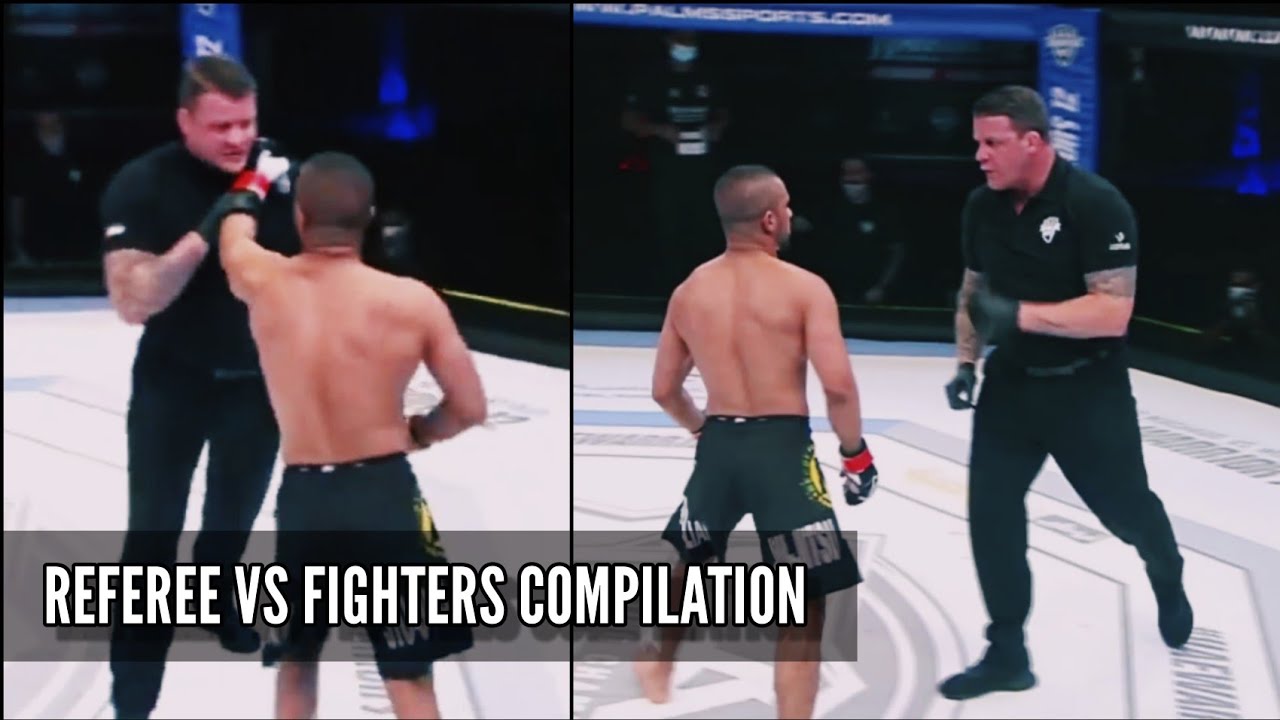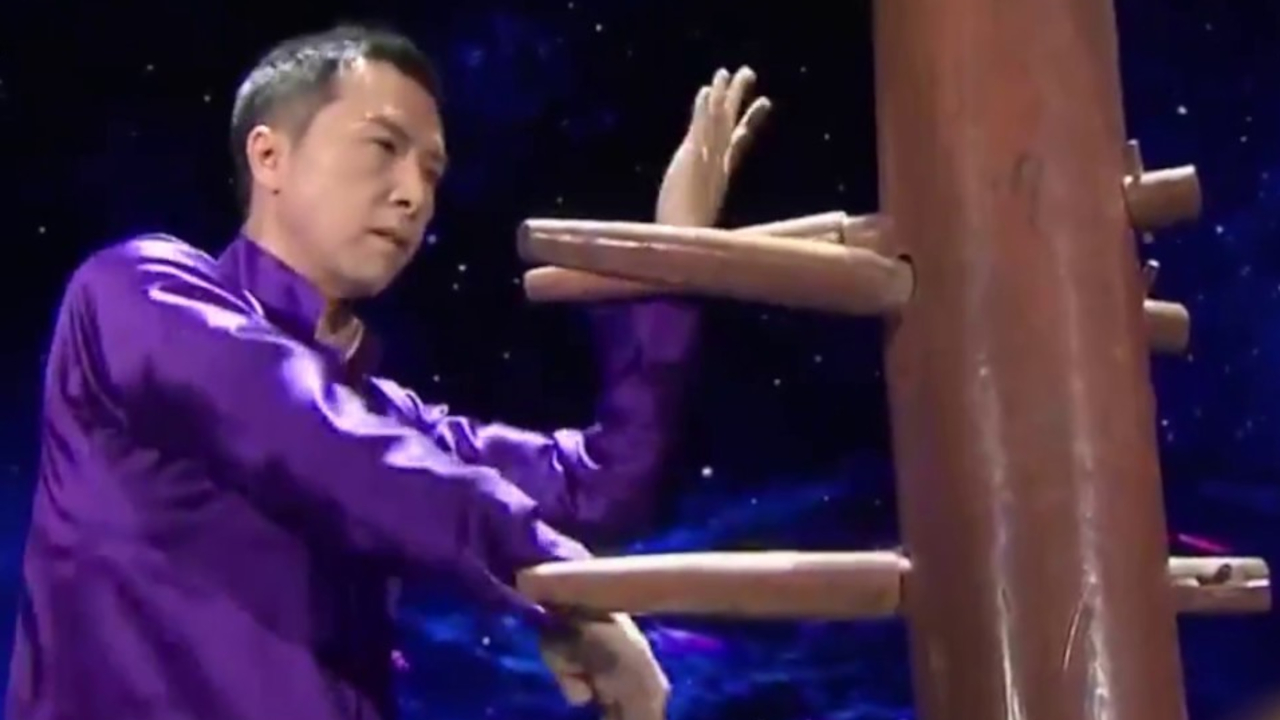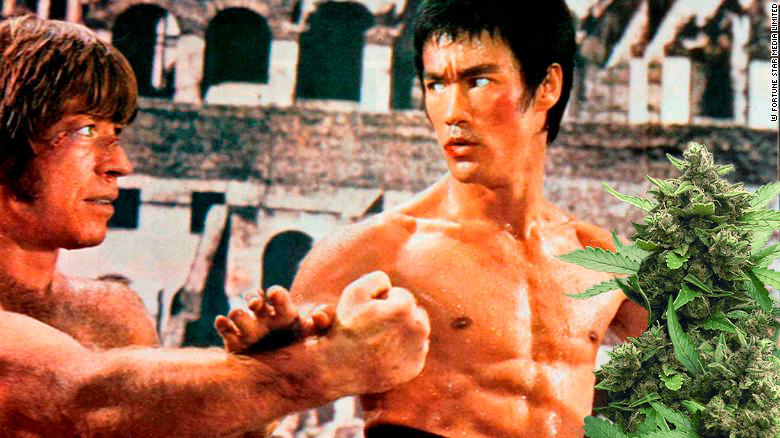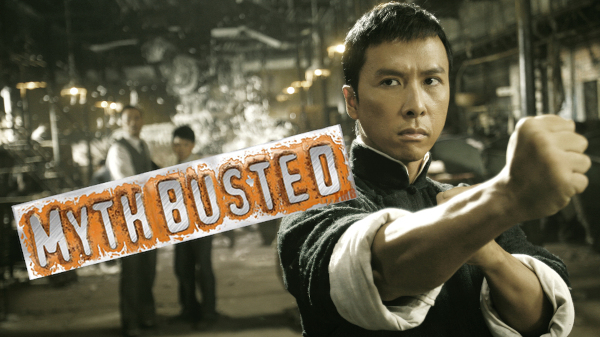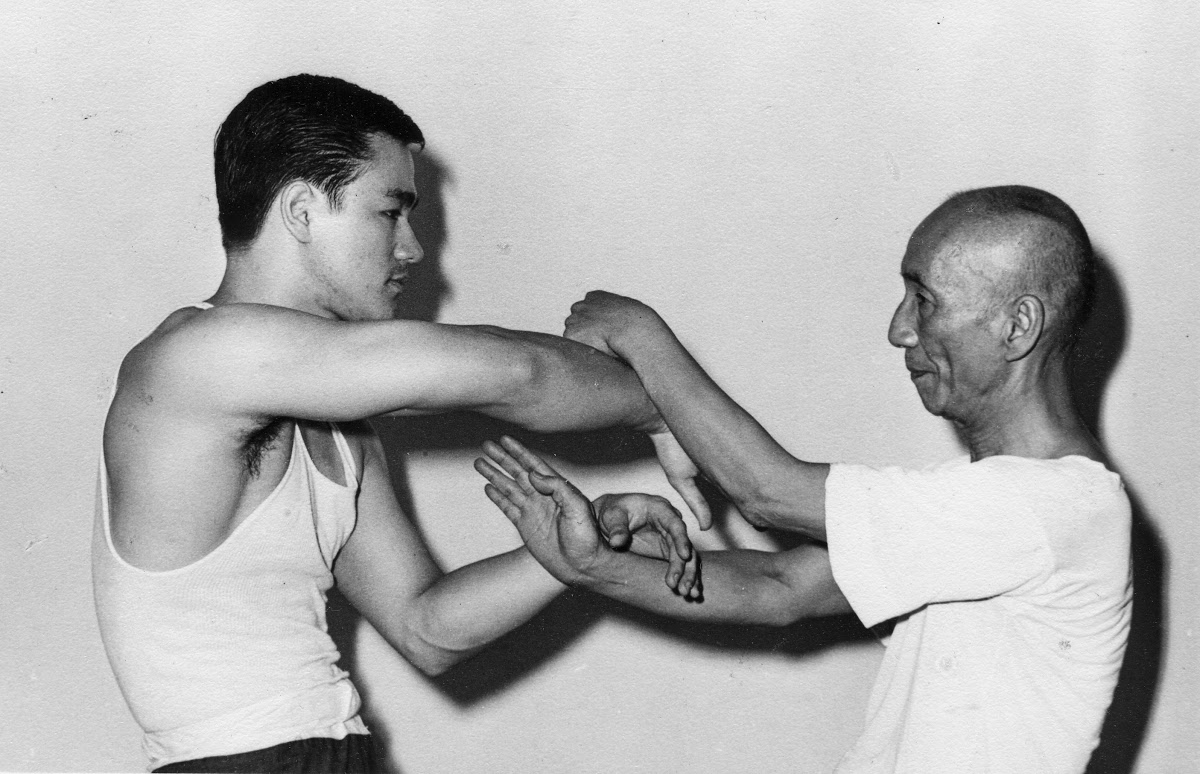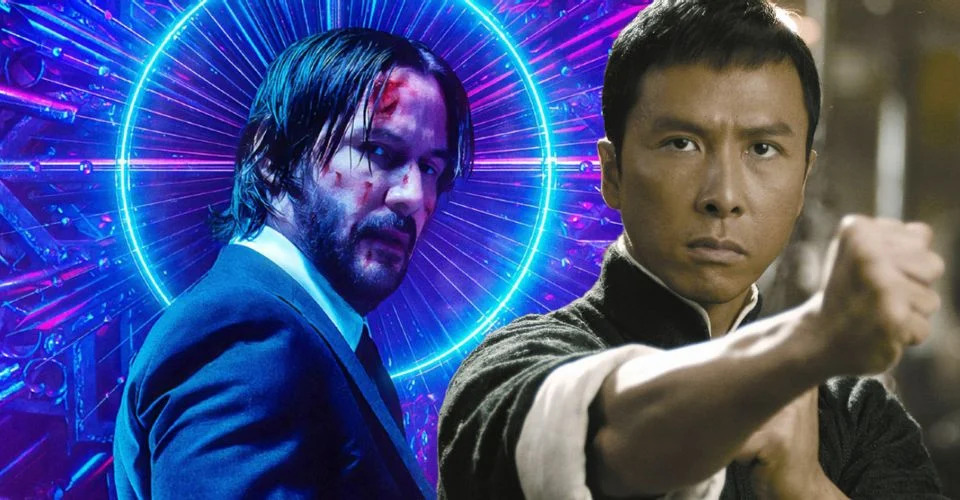The History and Philosophy of Wing Chun
Reading time: 11 minutes
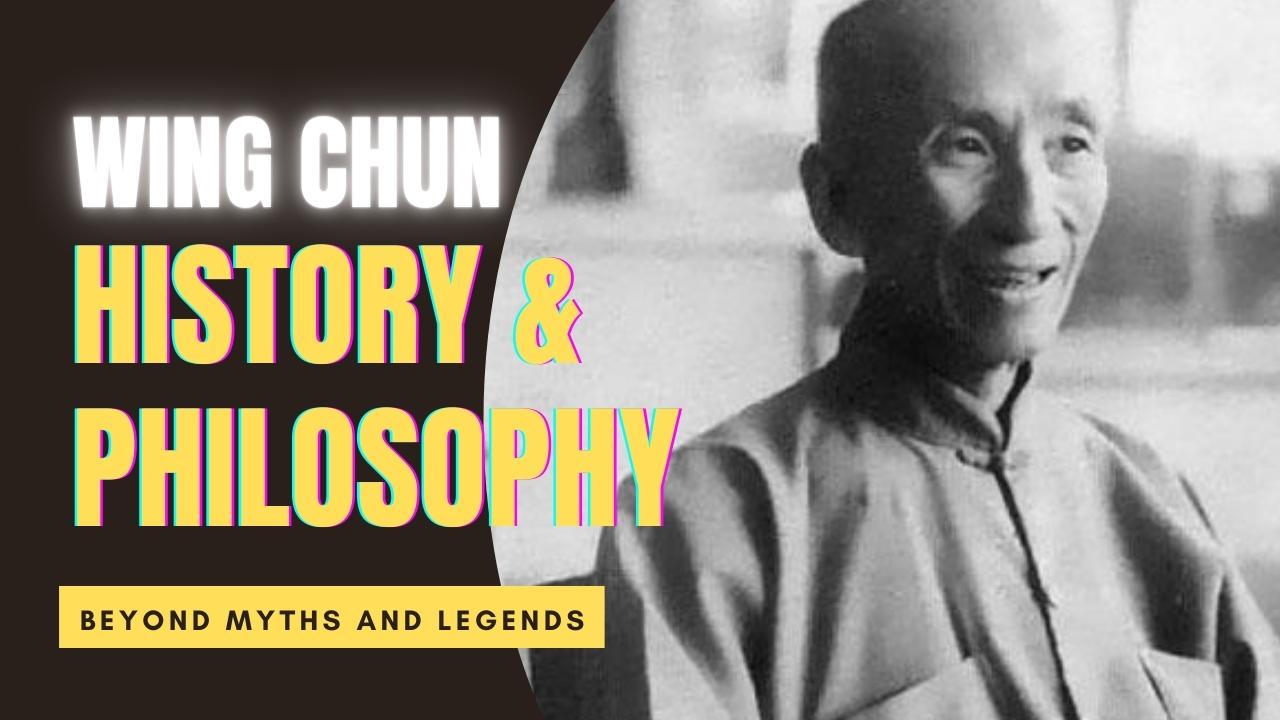
Wing Chun is a martial art that has gained global recognition for its effectiveness in close-range combat. While it is widely accepted that Wing Chun originated in China, the history and philosophy of the art remain shrouded in mystery and legend. One of the most intriguing aspects of Wing Chun is the belief held by many that it was created by a woman, which has contributed to its unique approach to self-defense.
The Legend of Wing Chun
According to legend, Wing Chun was created by a woman named Yim Wing Chun during the Qing Dynasty (1644-1912) in southern China. Yim Wing Chun was said to have been forced into marriage by a local warlord, but she refused to accept her fate and instead sought the help of a Shaolin monk named Ng Mui to teach her how to defend herself. Ng Mui was a legendary martial artist who was said to have created the art of Shaolin Kung Fu. Under her tutelage, Yim Wing Chun developed a style of fighting that was tailored to her small size and limited strength.
The name "Wing Chun" is said to have been inspired by Yim Wing Chun's personal circumstances. The Chinese word "Wing" means "praise" or "glory," while "Chun" means "spring" or "time of new beginnings." Together, they represent Yim Wing Chun's triumph over her oppressors and her emergence as a strong, independent woman.
The History of Wing Chun
While the legend of Yim Wing Chun is widely known, the actual history of Wing Chun is far more complex. The art is believed to have evolved from a number of different martial arts styles, including Shaolin Kung Fu, the Fujian White Crane style, and the Southern Praying Mantis style. It was not until the mid-19th century that Wing Chun began to take shape as a distinct style of martial arts.

One of the most important figures in the development of Wing Chun was a man named Yip Man. Yip Man was a martial arts master who lived in southern China during the early 20th century. He was born in 1893 in Foshan, Guangdong Province, and began studying Wing Chun under Chan Wah-shun at the age of 13.
Ip Man went on to become one of the most famous and influential Wing Chun masters in history. He taught many students, including some who would go on to become masters in their own right. Perhaps the most famous of these was Bruce Lee, who trained with Ip Man in Hong Kong during the 1950s.
The Philosophy of Wing Chun
At its core, Wing Chun is a practical, efficient martial art that is designed for real-world self-defense situations. Unlike some other martial arts, which focus on flashy techniques and high-flying kicks, Wing Chun emphasizes economy of motion, simplicity, and directness. It is an art that is meant to be used in close-quarters combat, where speed and precision are essential.
One of the key principles of Wing Chun is the concept of "centerline theory." This theory states that the shortest distance between two points is a straight line, and that the most effective way to attack or defend oneself is to stay on the centerline of the body. By maintaining a strong, centered stance and keeping one's attacks and defenses focused on the centerline, a Wing Chun practitioner can effectively neutralize an opponent's attacks while simultaneously launching their own.
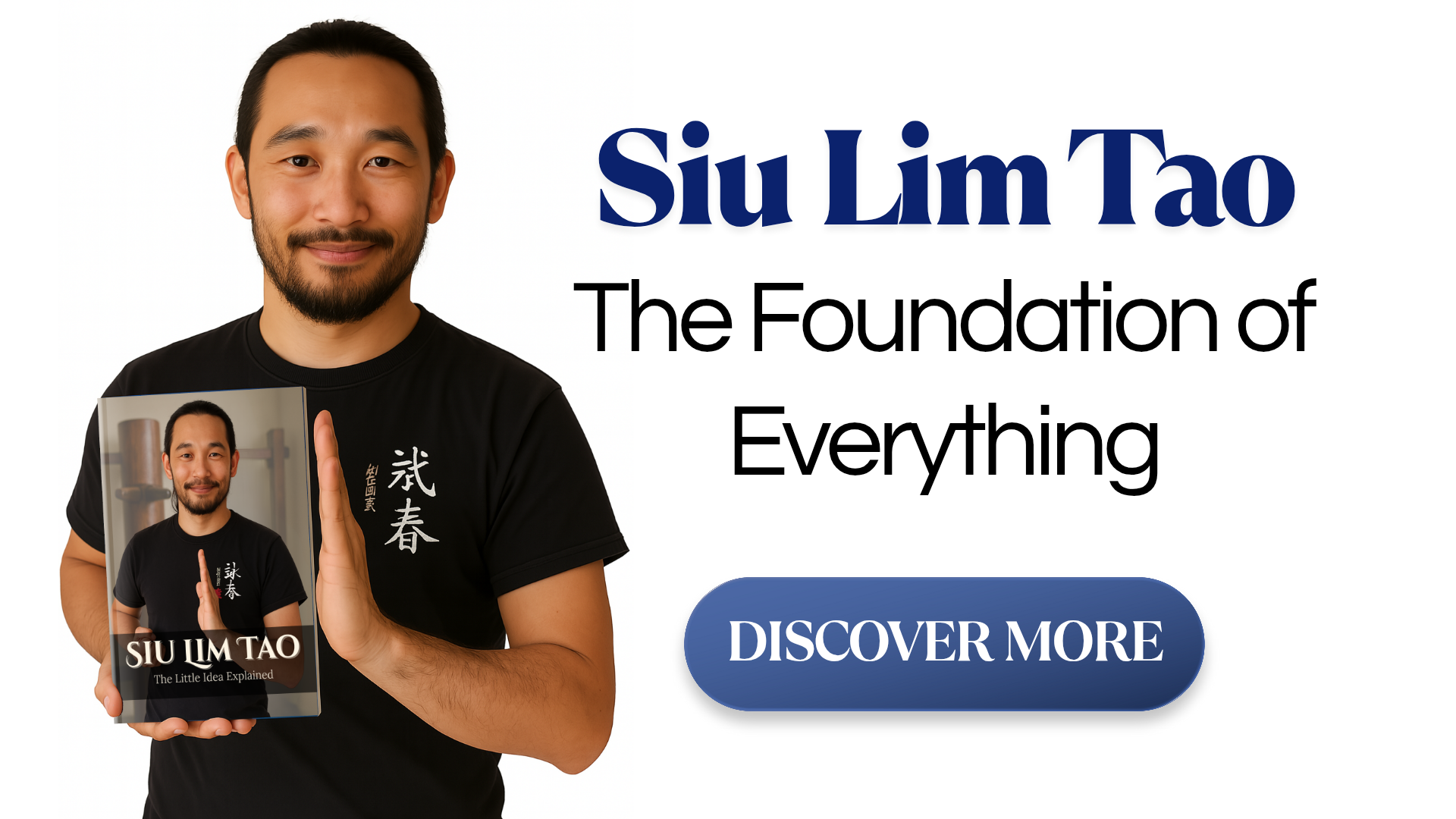
Another important aspect of Wing Chun is the emphasis on sensitivity and relaxation. Unlike some other martial arts, which rely on brute force and aggression, Wing Chun encourages practitioners to be sensitive to their opponent's movements and to use their own body's natural flow and energy to overcome their opponent. By remaining relaxed and focused, a Wing Chun practitioner can move quickly and fluidly, reacting to their opponent's actions with precision and grace.
In addition to these physical principles, Wing Chun also has a strong philosophical component. It emphasizes the importance of self-awareness, discipline, and mental clarity. Practitioners are encouraged to cultivate a strong sense of inner peace and focus, which can be applied not only in combat but in all aspects of life.
Modern Development of Wing Chun
Today, Wing Chun is practiced all over the world, with a thriving community of practitioners and teachers in many countries. One of the most well-known Wing Chun masters today is Tu Tengyao, a practitioner and teacher based in Hong Kong. Tu is known for his dynamic and innovative approach to the art, incorporating elements of other martial arts and combat sports into his training.
Despite its popularity, Wing Chun has also been the subject of controversy and conflict. One notable example is the ongoing dispute between the Ving Tsun Athletic Association (VTAA) and Leung Ting, a Wing Chun master who founded his own organization, the International Wing Tsun Association (IWTA). The two groups have been embroiled in a bitter dispute over the ownership and use of the Wing Chun name and techniques.
The Wing Tsun Association (VTAA) and Leung Ting, a Wing Chun master who founded his own organization, the International Wing Tsun Association (IWTA), have been embroiled in a bitter dispute over the ownership and use of the Wing Chun name and techniques.
The controversy surrounding the IWTA began in the 1970s, when Leung Ting, a student of Yip Man, founded the organization. Leung Ting's interpretation of Wing Chun was heavily influenced by his own experiences and teachings, which he claimed to be the most authentic and effective form of the art.
However, many traditionalists and other Wing Chun practitioners criticized Leung Ting's approach, claiming that it deviated too far from the principles and techniques established by Yip Man and other early masters. They argued that Leung Ting's focus on commercialization and marketing of Wing Chun had resulted in a watered-down version of the art that lacked the depth and complexity of the original.
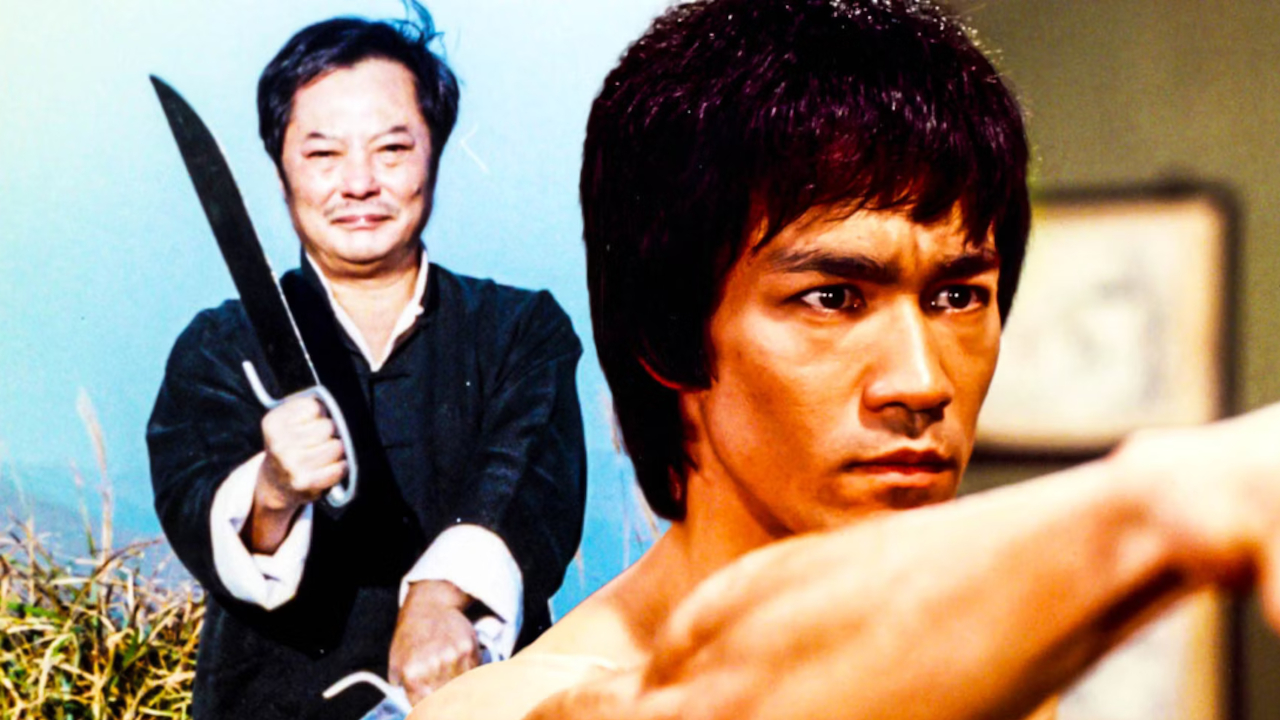
The VTAA, founded by Yip Man's senior disciple, Wong Shun Leung, was one of the most prominent critics of Leung Ting and the IWTA. Wong Shun Leung was a highly respected Wing Chun master who was known for his pragmatic approach to the art, emphasizing practicality and effectiveness over traditionalism and dogma.

Under Wong Shun Leung's guidance, the VTAA became one of the most influential Wing Chun organizations in the world, with a strong emphasis on training for real-world self-defense situations. Many of Wong Shun Leung's students went on to become successful martial artists in their own right, and his legacy continues to influence Wing Chun practitioners today.
Another prominent Wing Chun master who was critical of Leung Ting and the IWTA was William Cheung. Cheung was a student of Yip Man's who went on to found his own organization, the World Wing Chun Association. Like Wong Shun Leung, Cheung emphasized the practical application of Wing Chun techniques in real-world situations, and he criticized Leung Ting's focus on marketing and commercialization.
Despite the criticism from traditionalists and other Wing Chun practitioners, the IWTA and Leung Ting remain influential and respected within the Wing Chun community. Many of Leung Ting's students have gone on to become successful martial artists in their own right, and his approach to Wing Chun continues to evolve and adapt to changing times and circumstances.
Ultimately, the controversy surrounding the VTAA and Leung Ting underscores the diversity and complexity of the Wing Chun community. While there may be disagreements over the "correct" way to practice and teach Wing Chun, the art remains a vibrant and dynamic tradition that continues to evolve and thrive in the modern world.
Influence on Bruce Lee and Jeet Kune Do

One of the most prominent figures in the history of Wing Chun is Bruce Lee, who is widely regarded as one of the most influential martial artists of all time. Lee's connection to Wing Chun can be traced back to his early years in Hong Kong, where he studied under the legendary Wing Chun master, Ip Man.
Ip Man was one of the most respected and influential Wing Chun masters of his time, and he was instrumental in introducing the art to a wider audience in Hong Kong. Lee, who was born in San Francisco and spent much of his childhood in Hong Kong, was introduced to Wing Chun by Ip Man and became one of his most promising students.
While Lee would go on to develop his own martial art, Jeet Kune Do, he remained deeply influenced by his experiences studying Wing Chun with Ip Man. Many of the principles of Wing Chun, such as economy of motion, centerline theory, and sensitivity to one's opponent, can be seen in Lee's approach to combat.
Jeet Kune Do, like Wing Chun, emphasizes the importance of adapting to one's opponent and using techniques that are most effective in a given situation. It also incorporates elements of other martial arts, such as boxing, fencing, and wrestling, which Lee believed were essential to a well-rounded martial arts practice.
Despite his innovations in Jeet Kune Do, Lee continued to see Wing Chun as a valuable tool in his own development as a martial artist. He frequently incorporated Wing Chun techniques and principles into his training and teaching, and he remained a strong advocate for the art throughout his life.
Today, Bruce Lee's legacy as a martial arts pioneer continues to inspire and influence practitioners around the world. His connection to Wing Chun and Ip Man remains an important part of his story and serves as a testament to the enduring legacy of Wing Chun in the world of martial arts.
Conclusion
Wing Chun is a popular martial art that has gained a significant following around the world. It is estimated that there are currently tens of thousands of students practicing Wing Chun in over 64 countries.
The art has spread globally due to the efforts of many dedicated practitioners and teachers who have sought to promote the art through seminars, workshops, and training camps. In recent years, the popularity of Wing Chun has continued to grow, and is slowly becoming a recognized and respected martial art even in the world of combat sports.

While Wing Chun's origins can be traced back to China, its global appeal can be attributed to its practicality and effectiveness in real-world situations. The art emphasizes the use of quick, efficient movements, and the application of force at close range, making it an effective self-defense system for individuals of all ages and abilities.
In addition to its effectiveness as a self-defense system, Wing Chun is also valued for its emphasis on mindfulness, discipline, and personal growth. Many practitioners find that the practice of Wing Chun provides a unique opportunity for physical and mental development, and that it can be a valuable tool for building confidence, reducing stress, and enhancing overall well-being.
The popularity of Wing Chun is expected to continue growing in the years ahead, as more and more people around the world seek to discover the benefits of this powerful martial art. With its rich history, practical applications, and emphasis on personal development, Wing Chun is sure to remain a beloved and respected martial art for generations to come.
Thank you. Your comment will be approved shortly.
Comments
Thank you. Your comment will be approved shortly.
Thank you. Your comment will be approved shortly.
Thank you. Your comment will be approved shortly.
Thank you. Your comment will be approved shortly.
Thank you. Your comment will be approved shortly.

